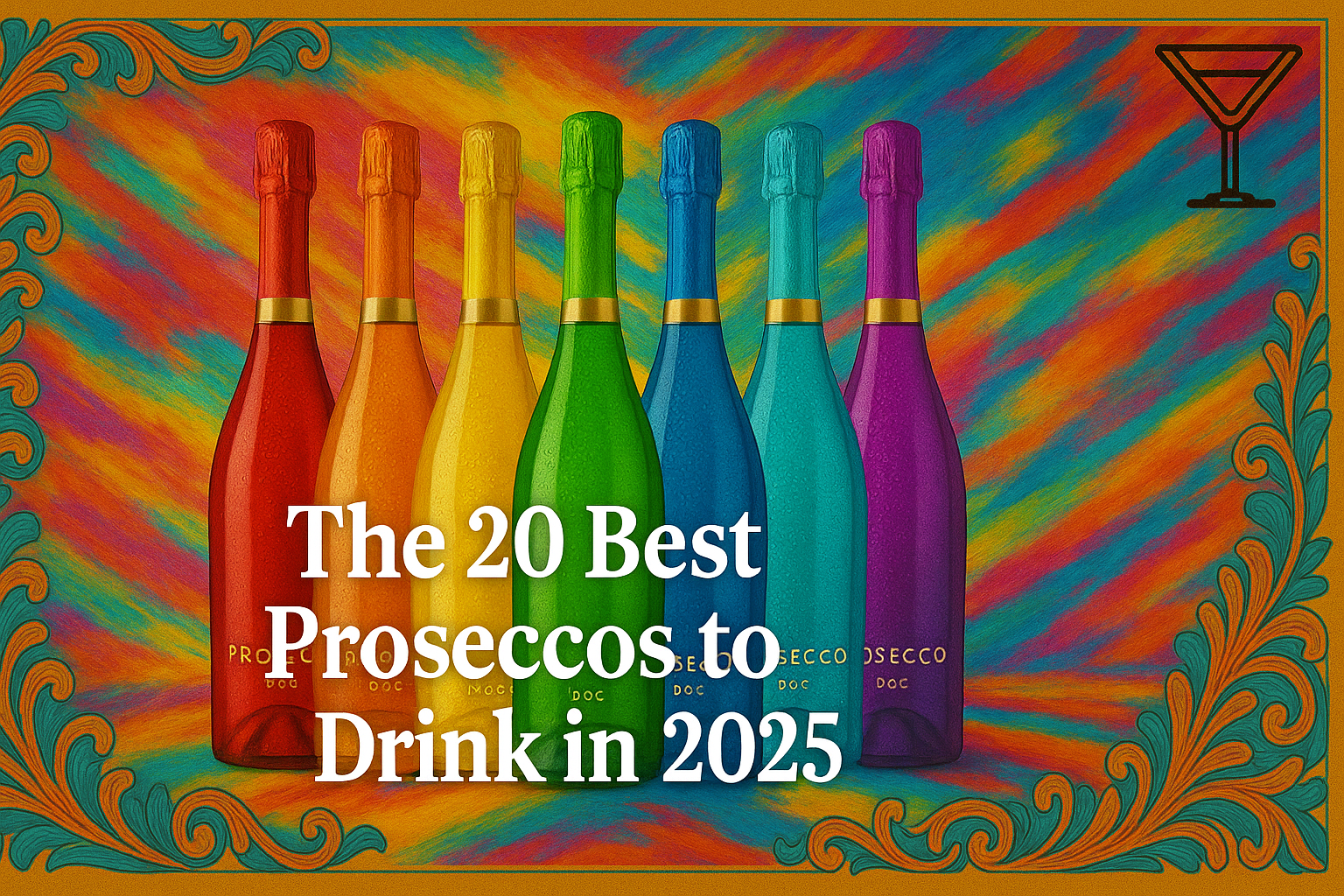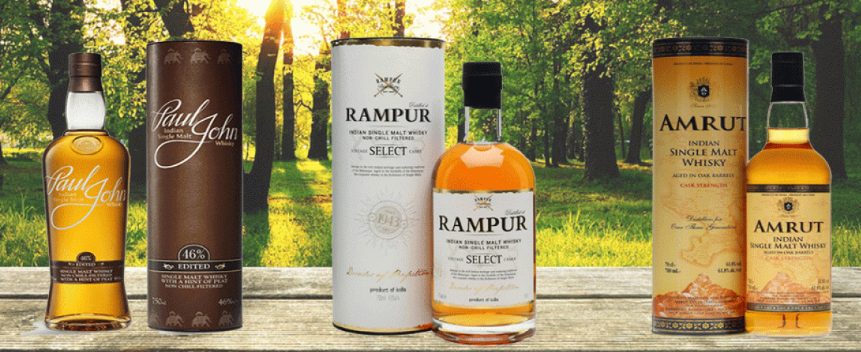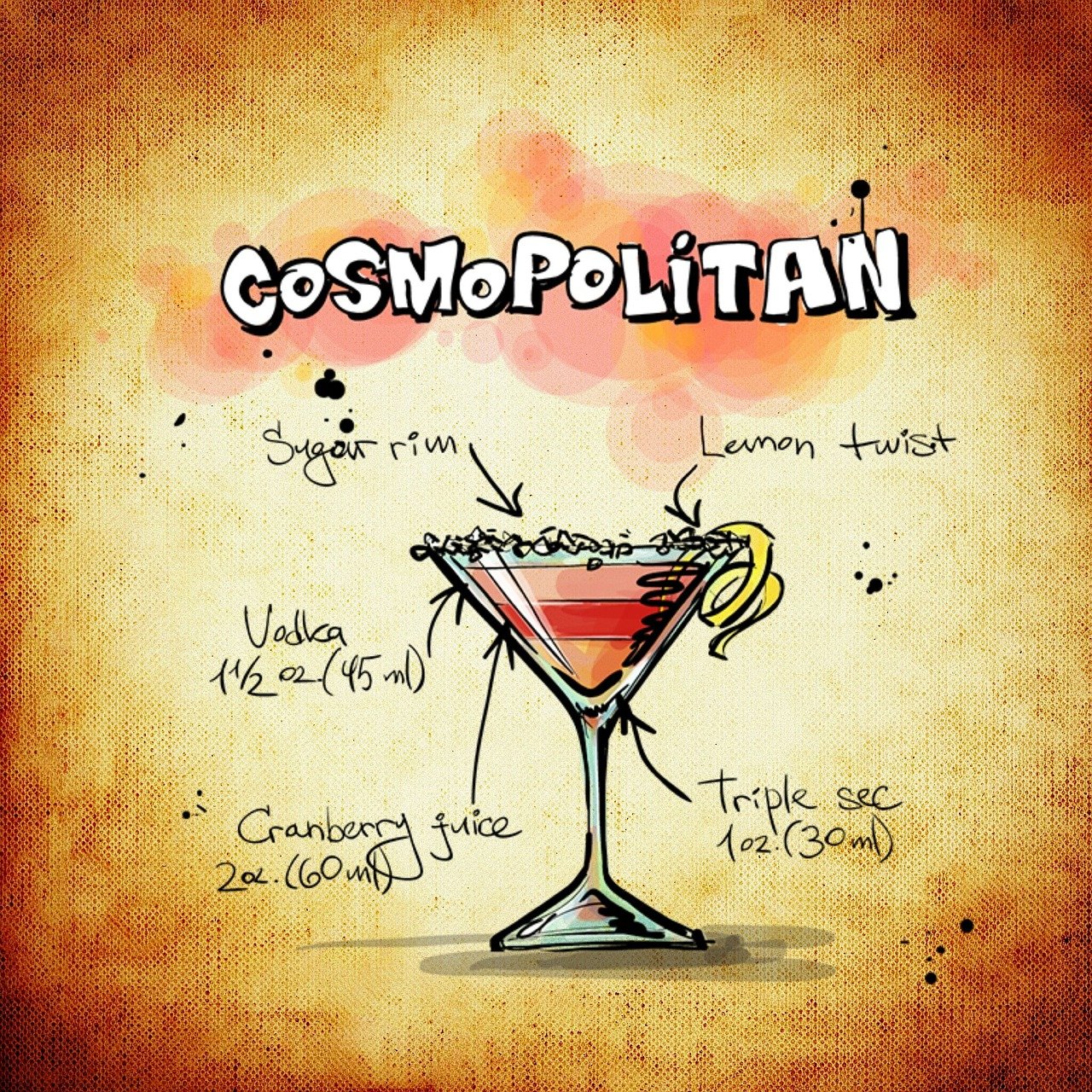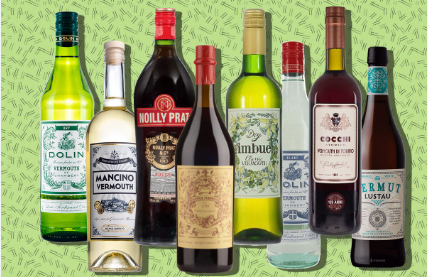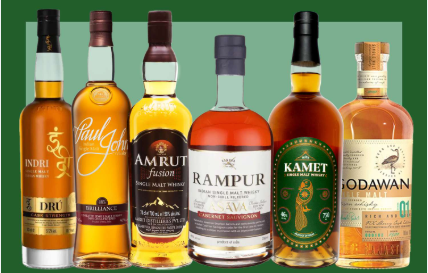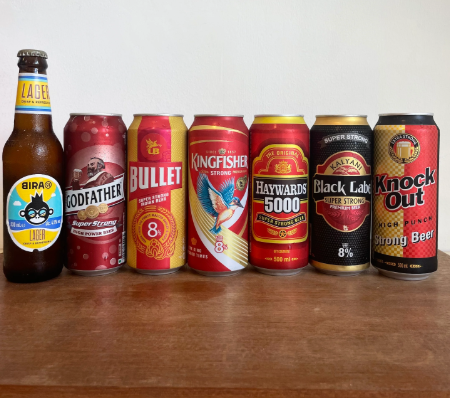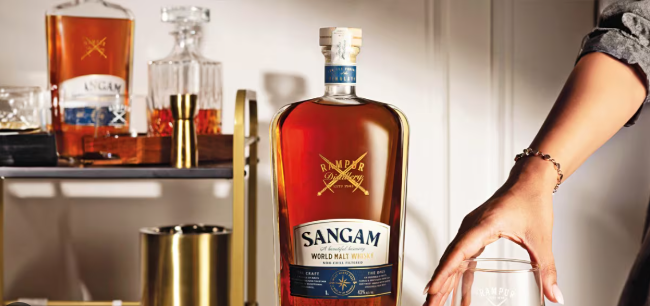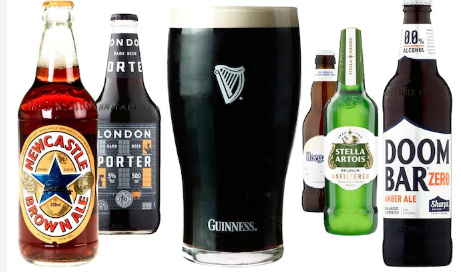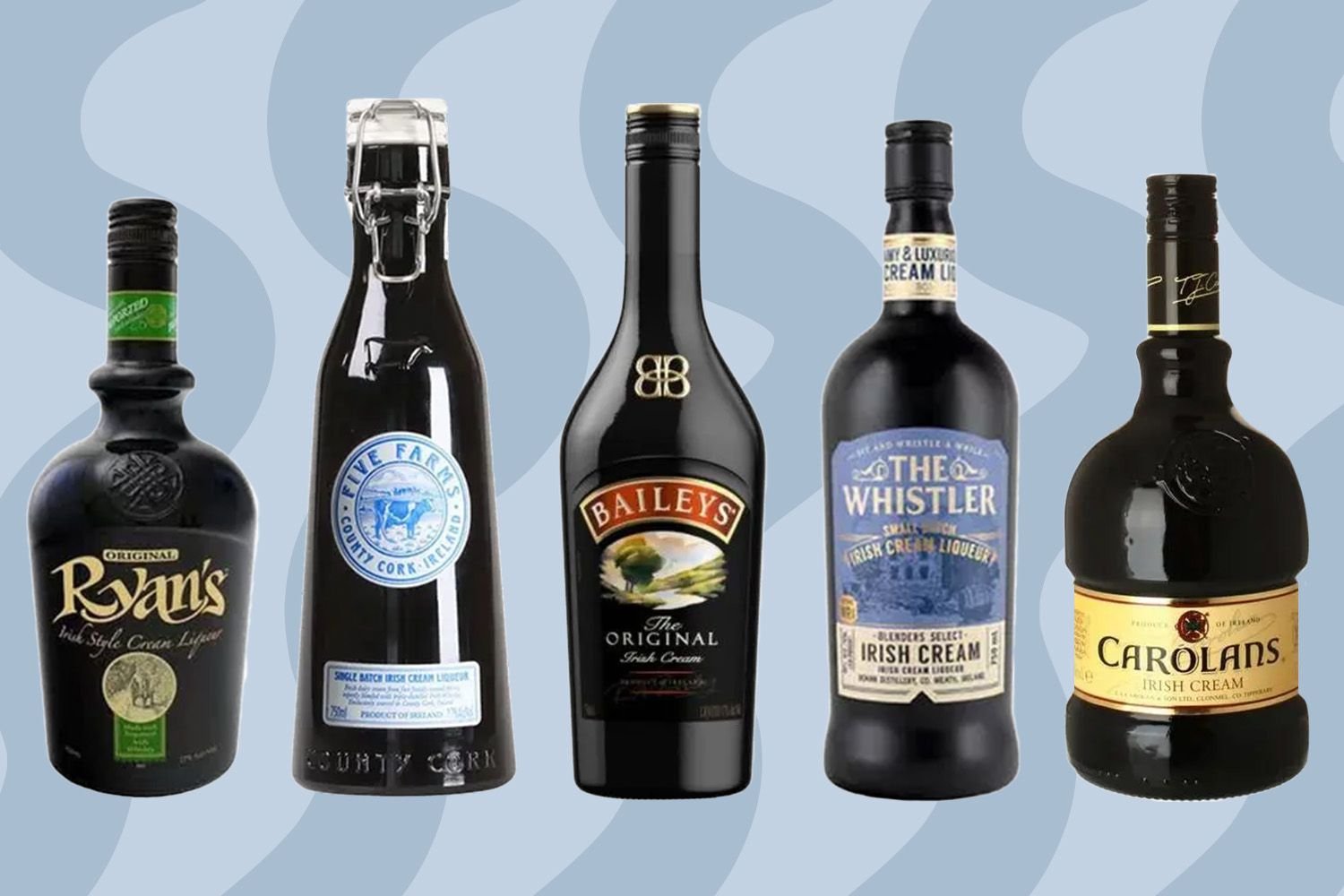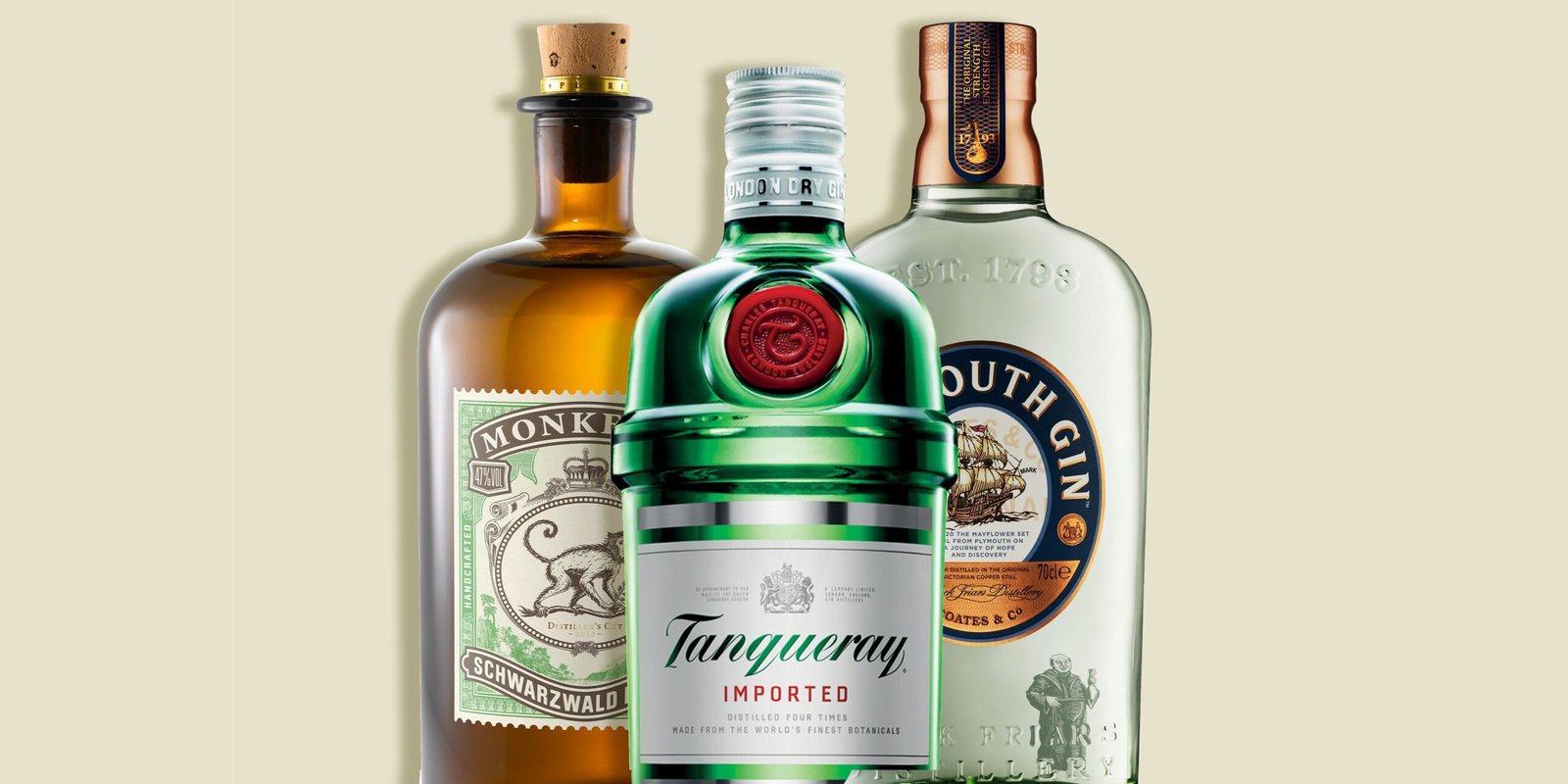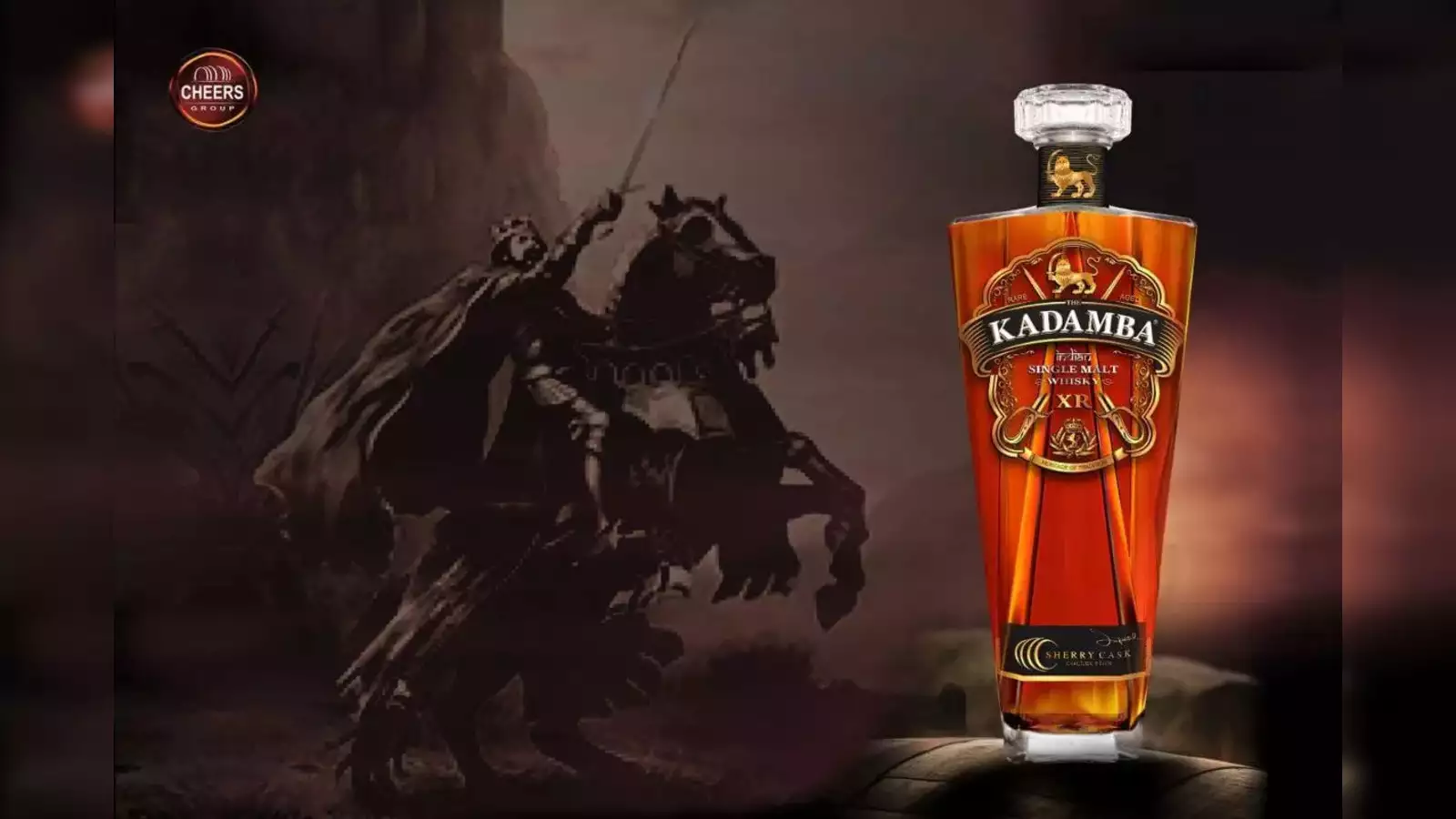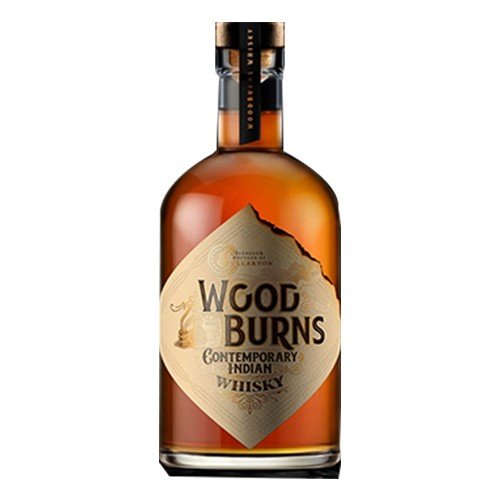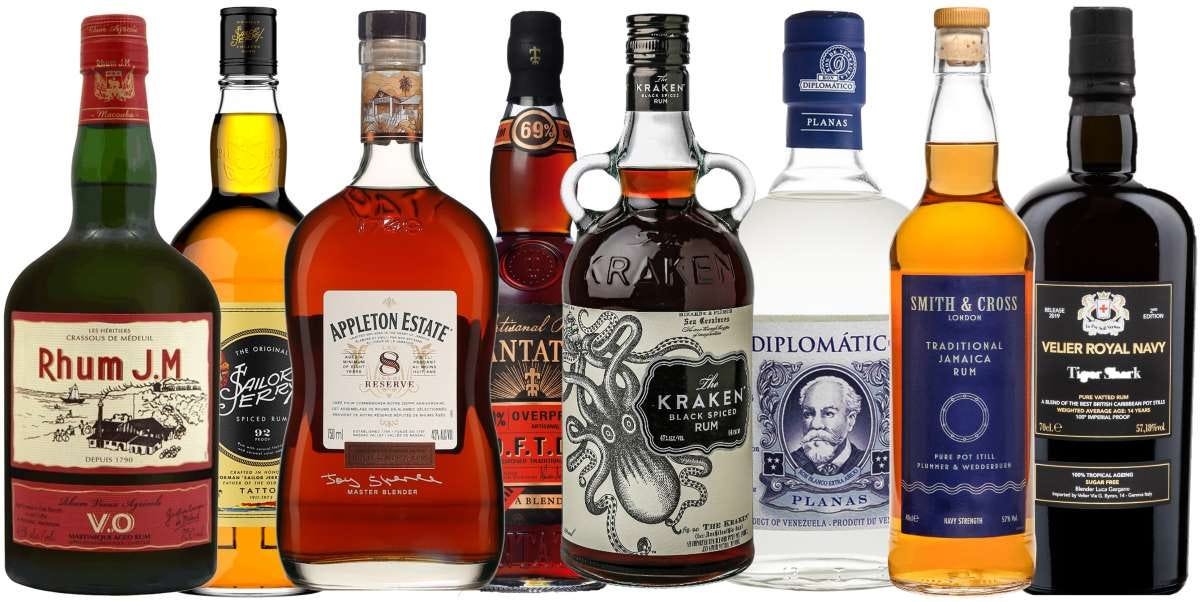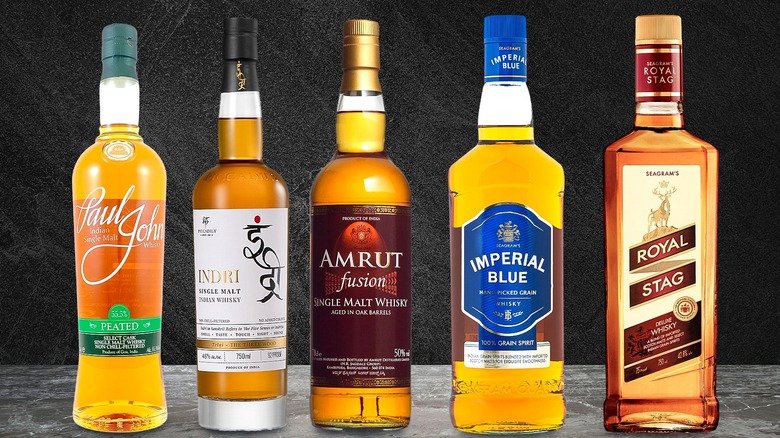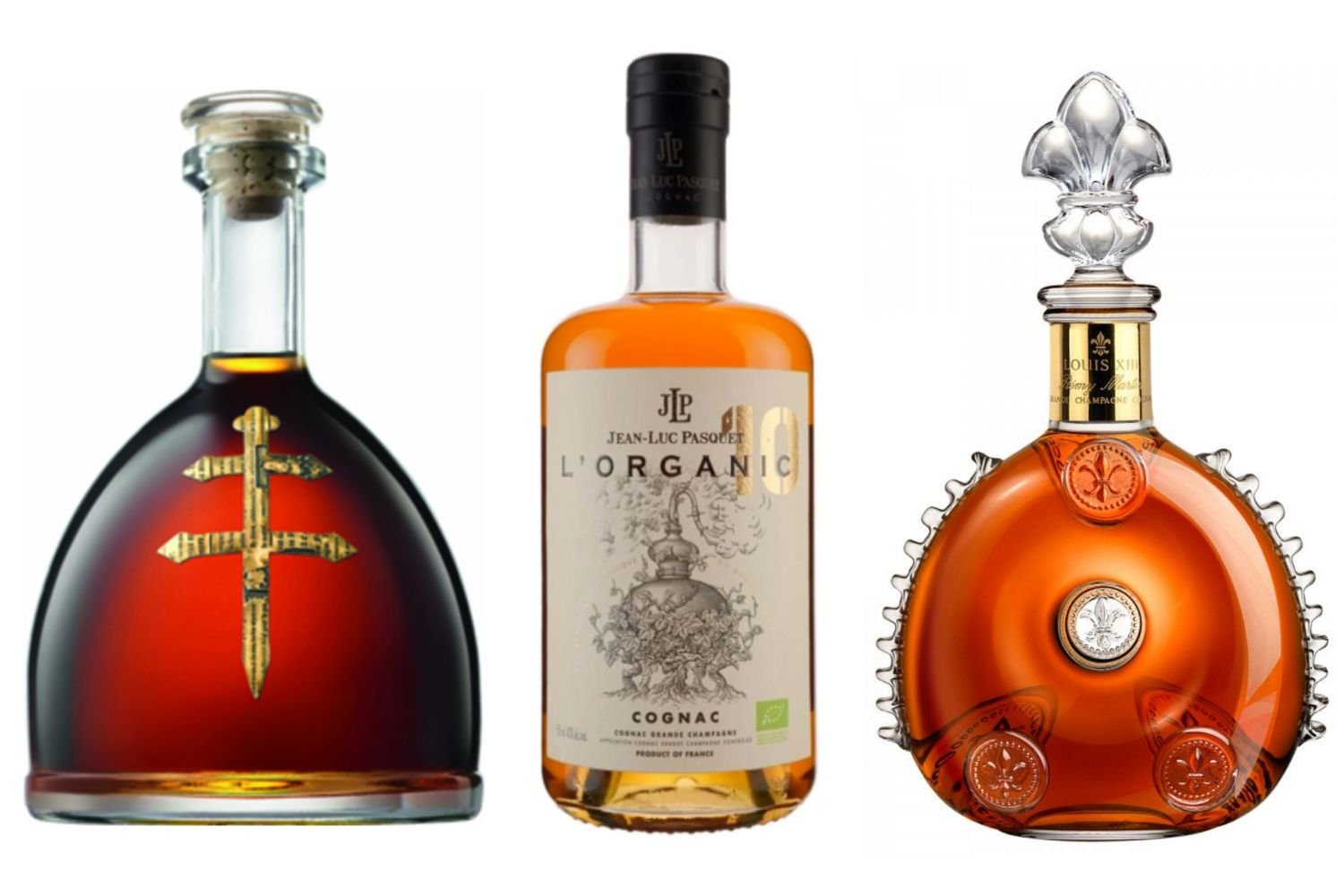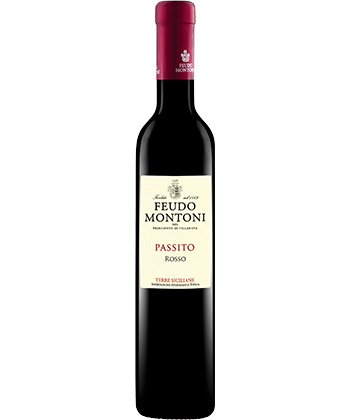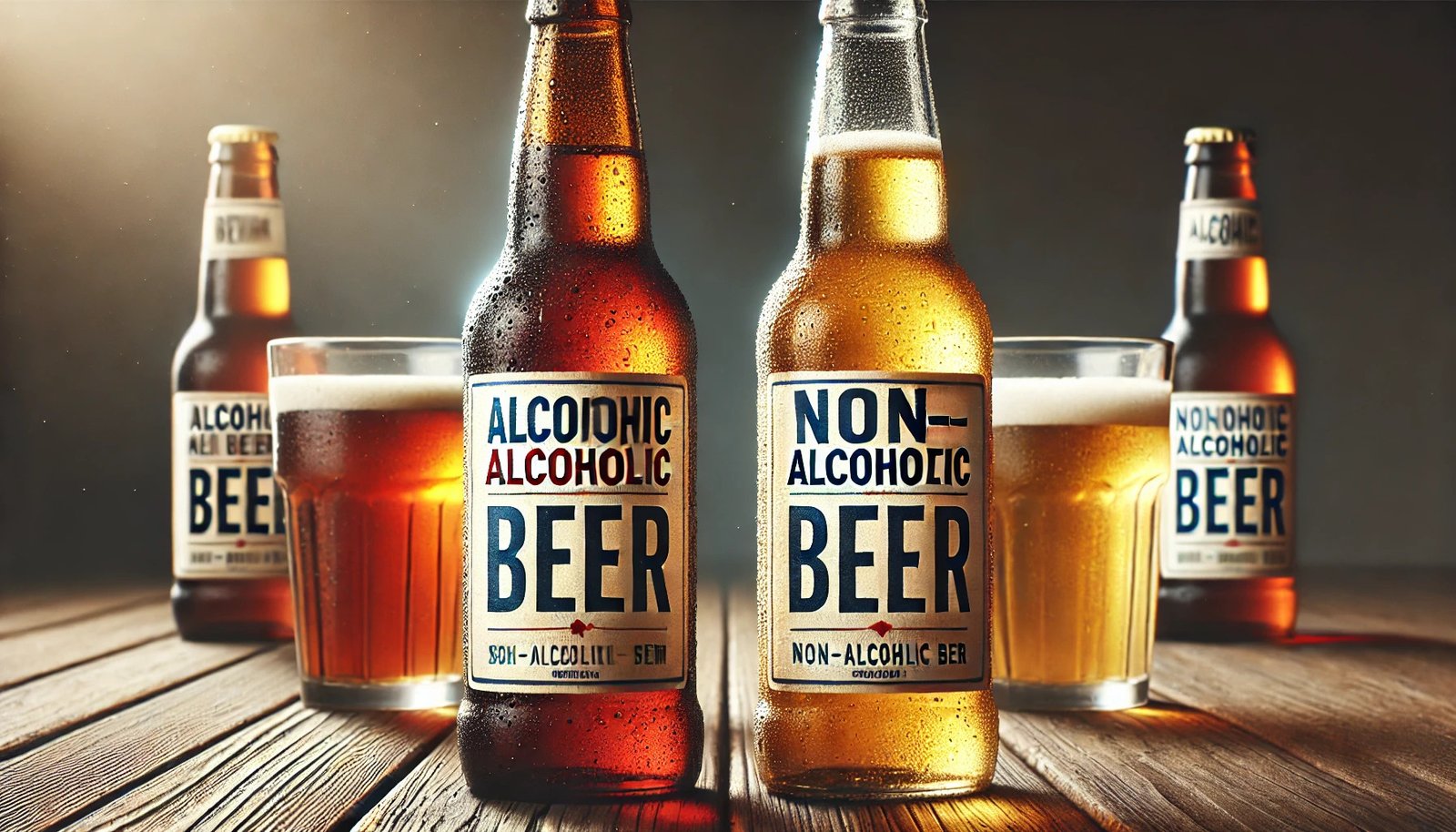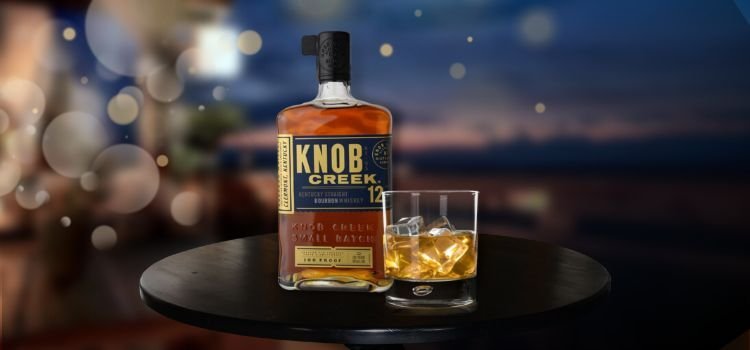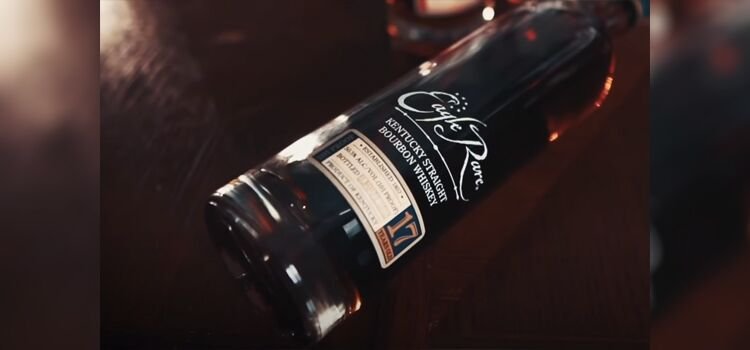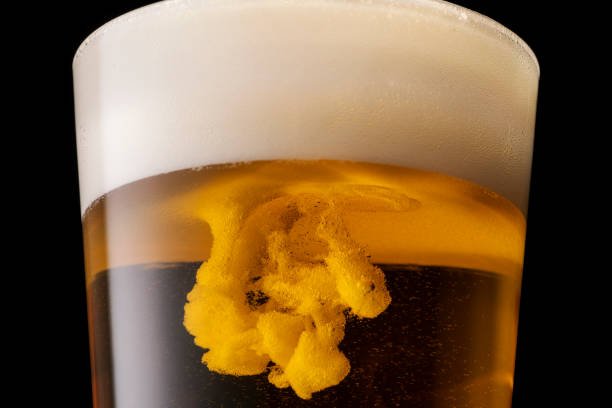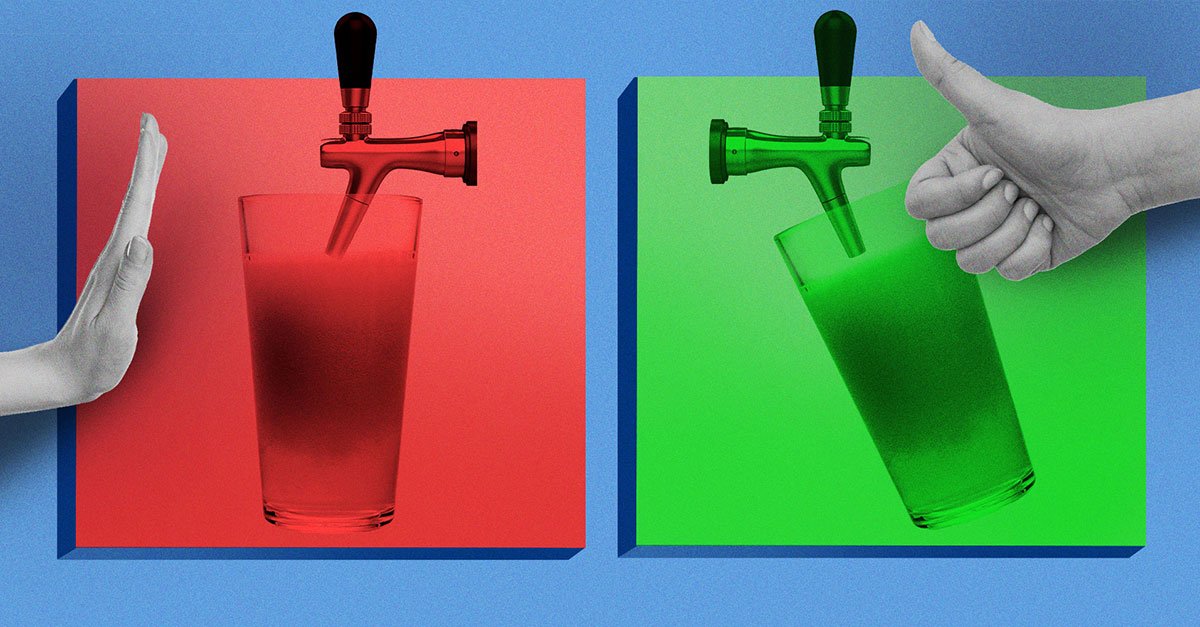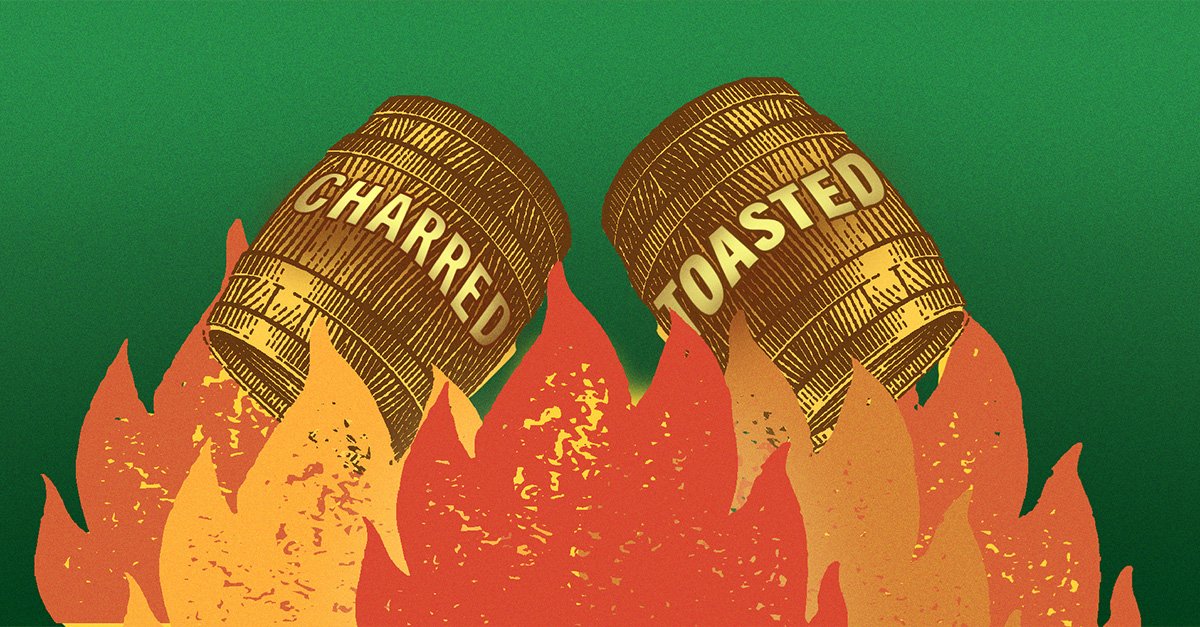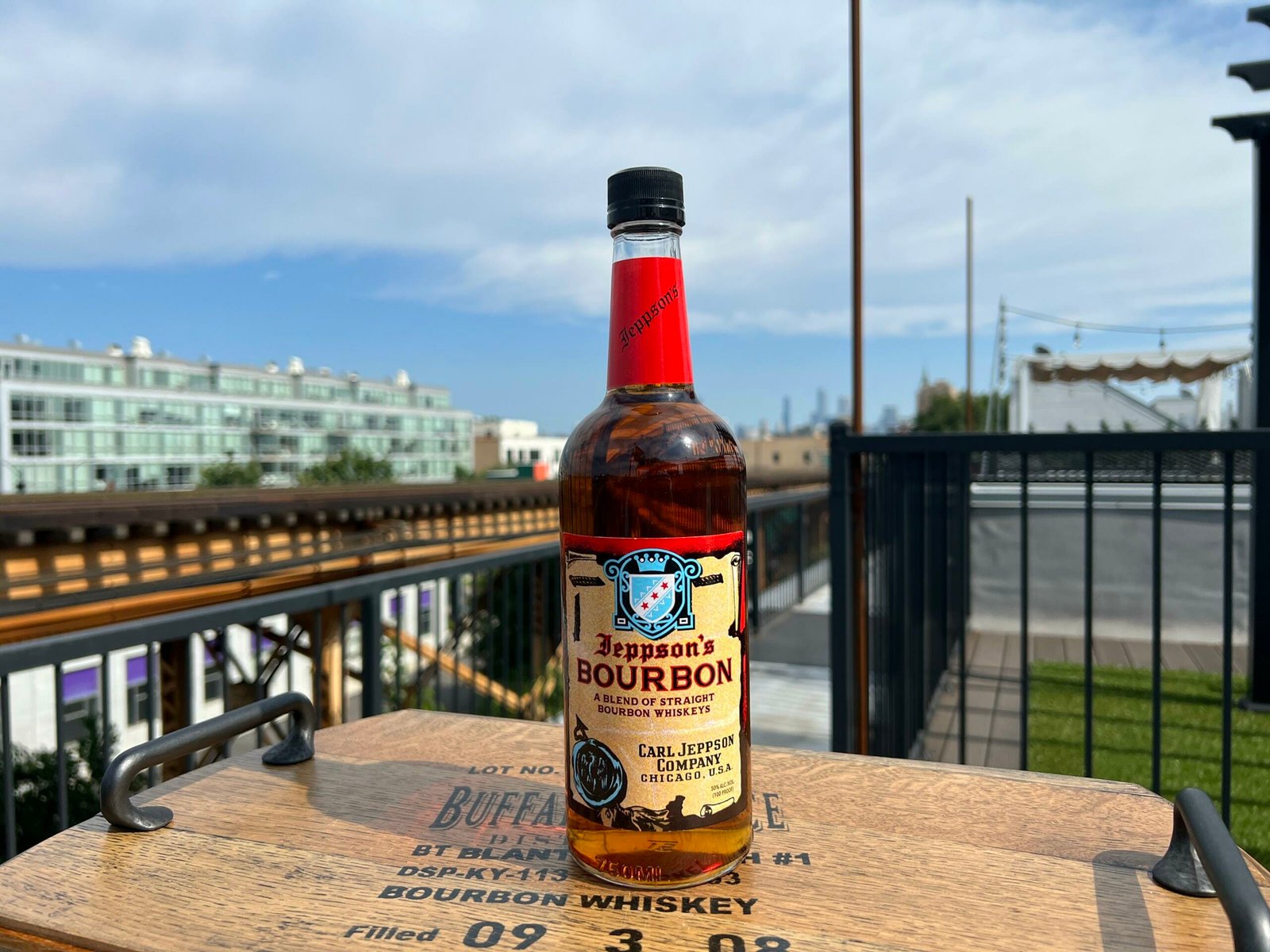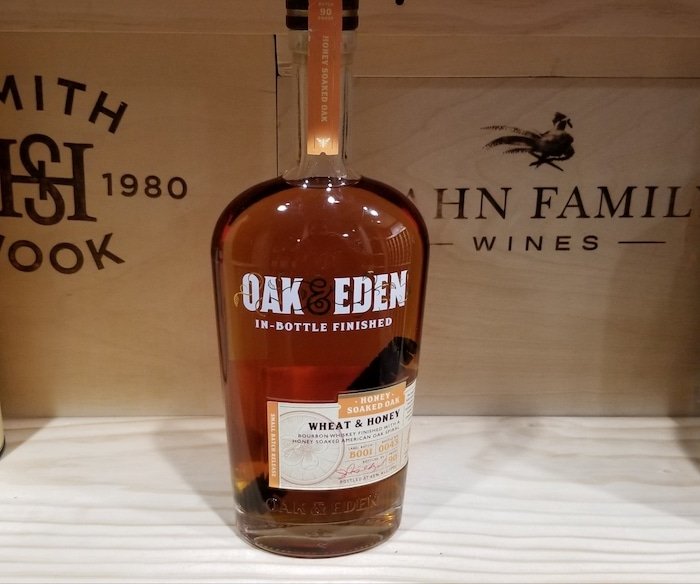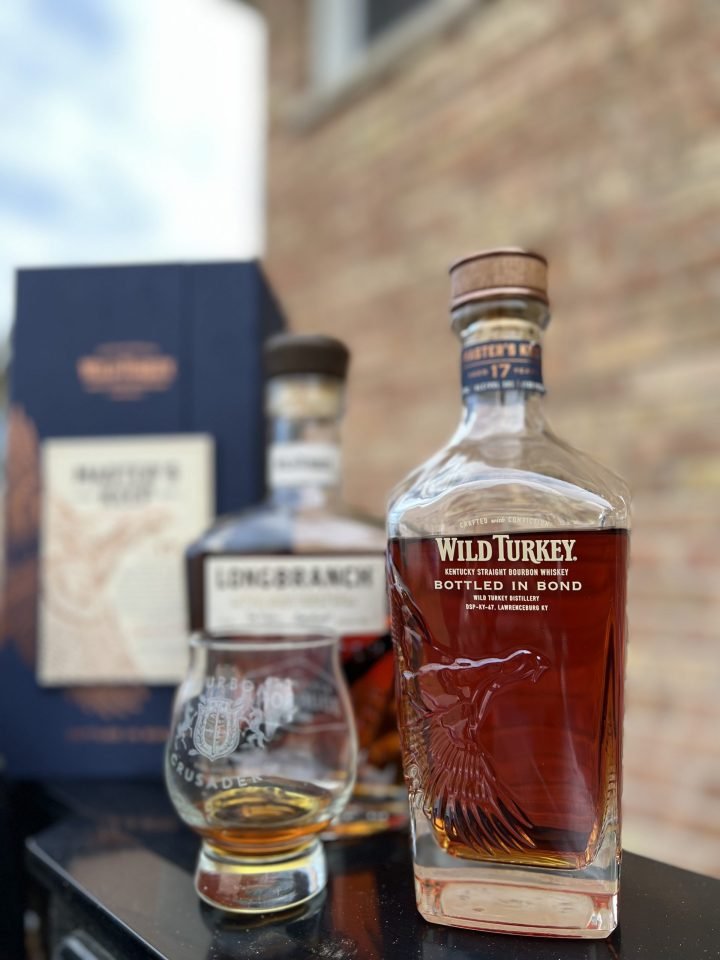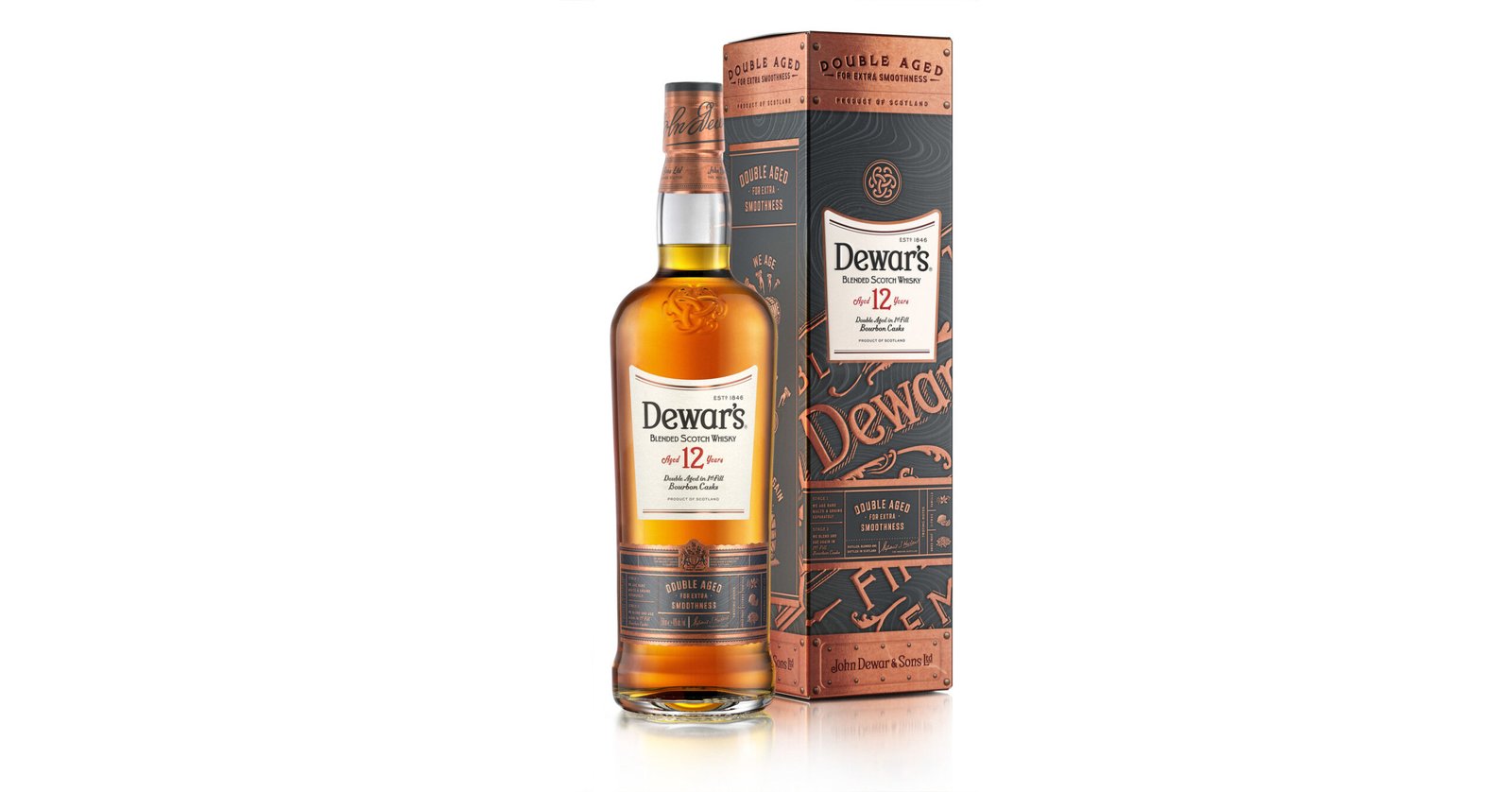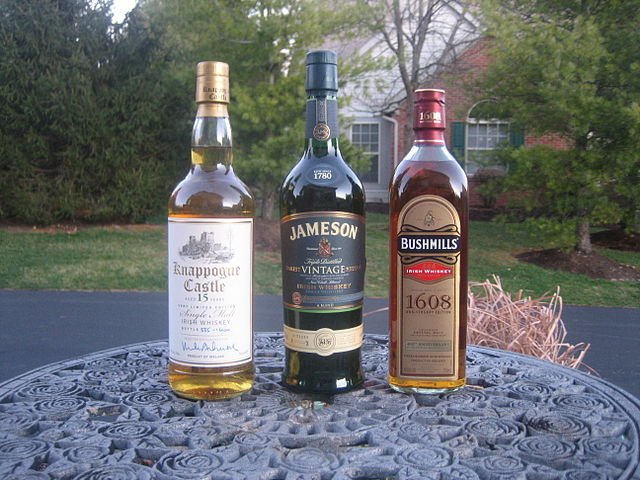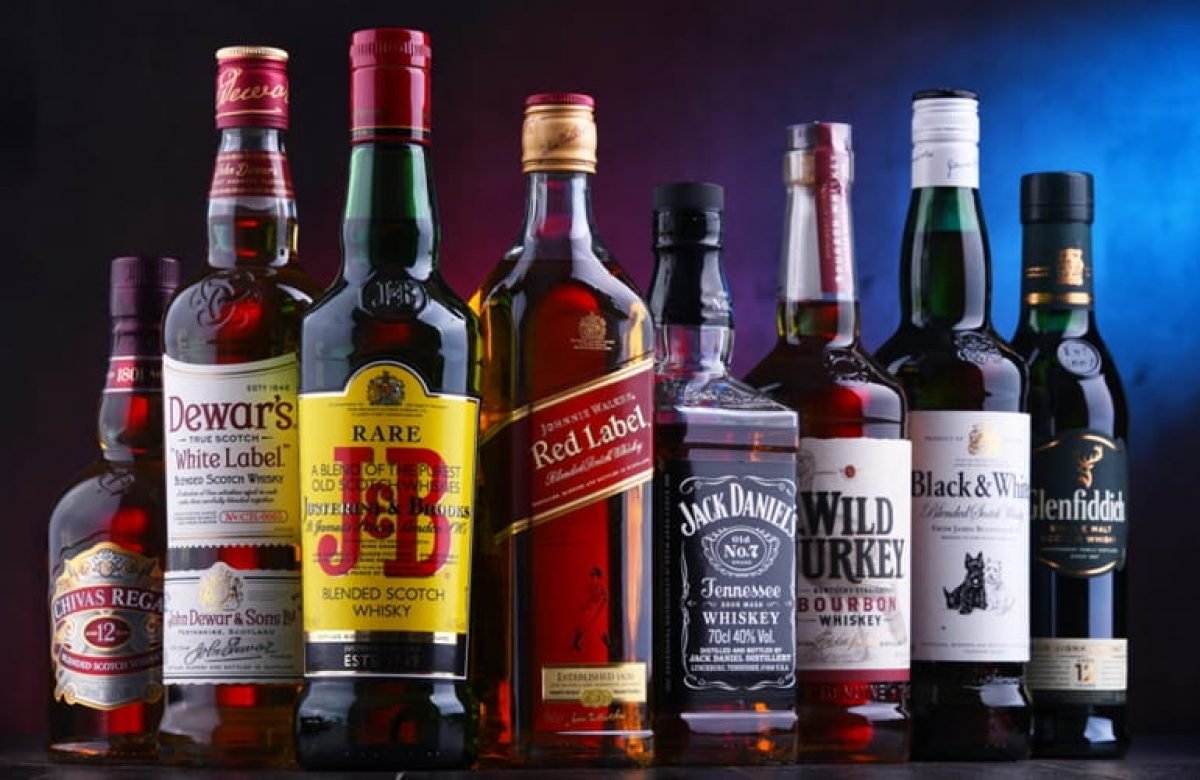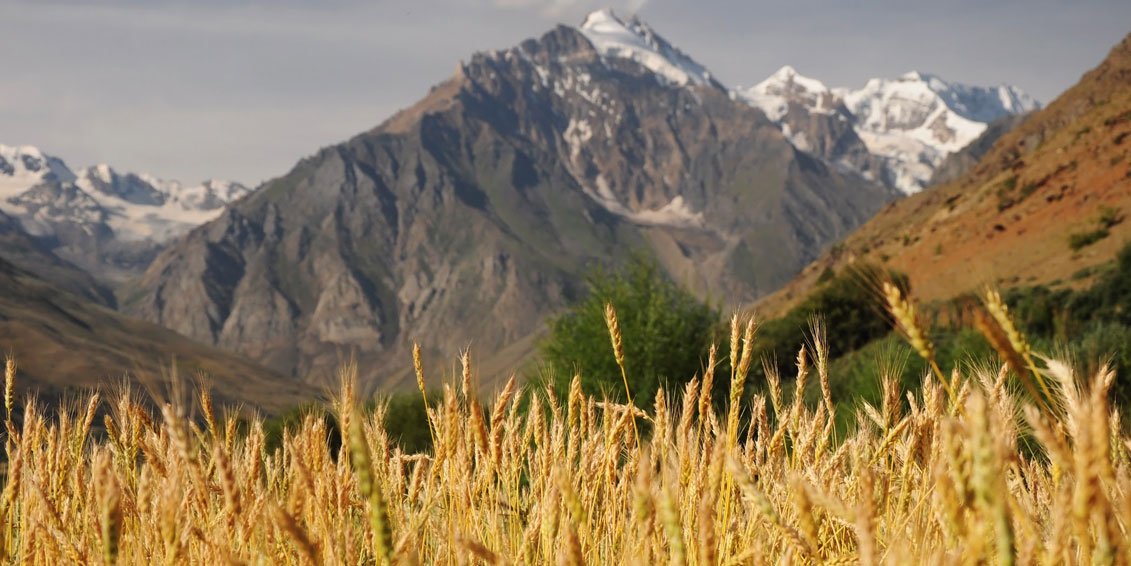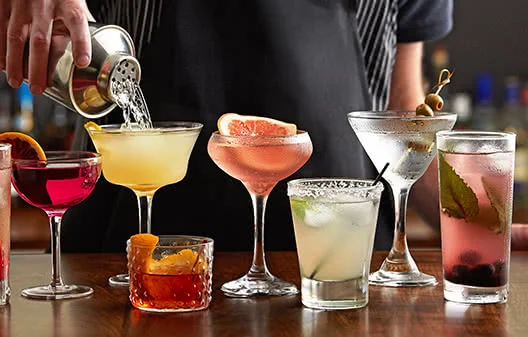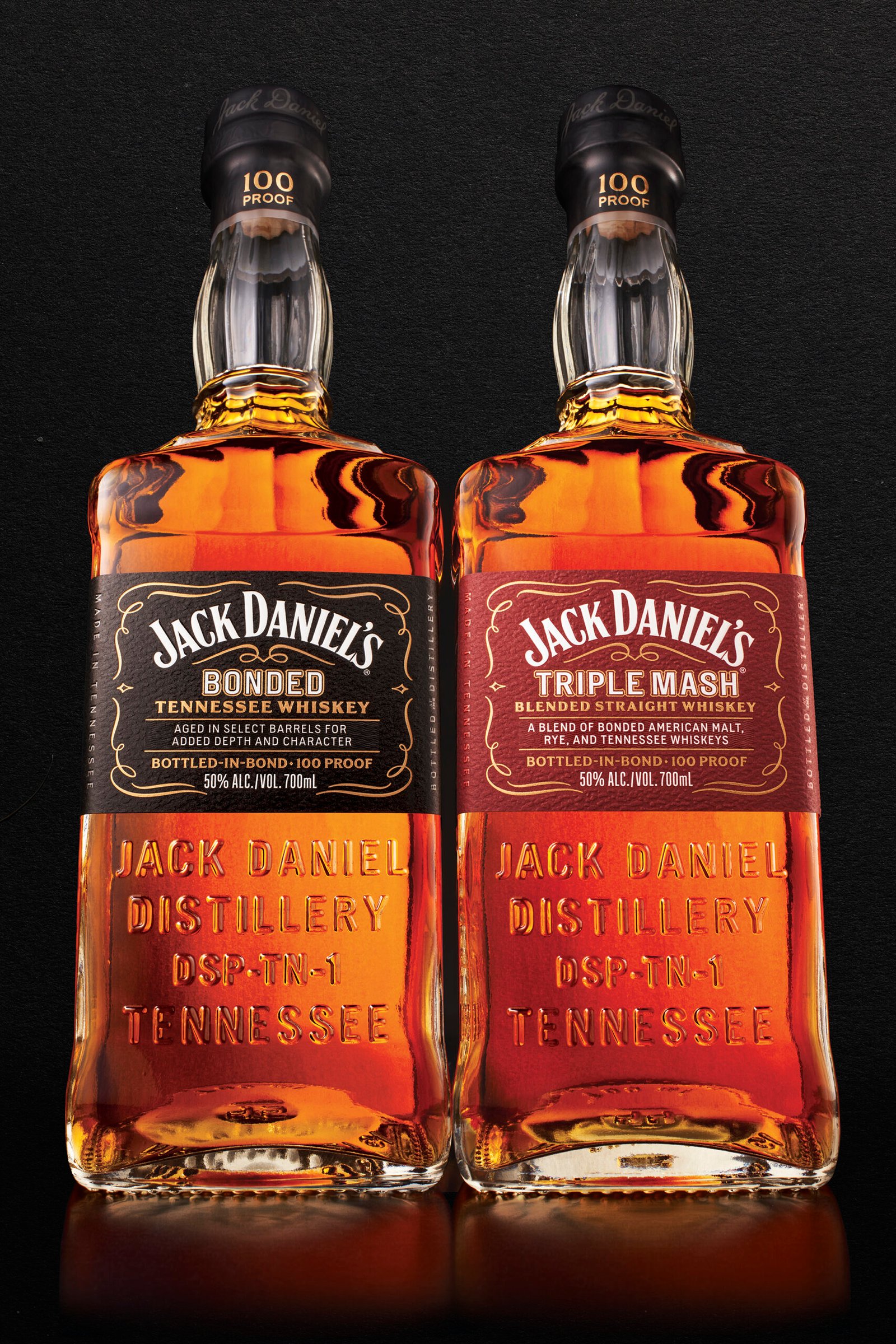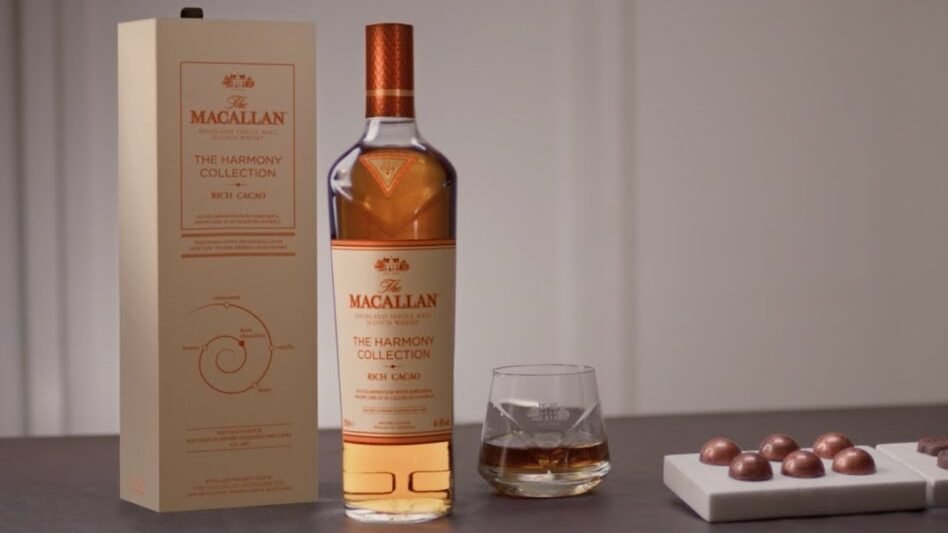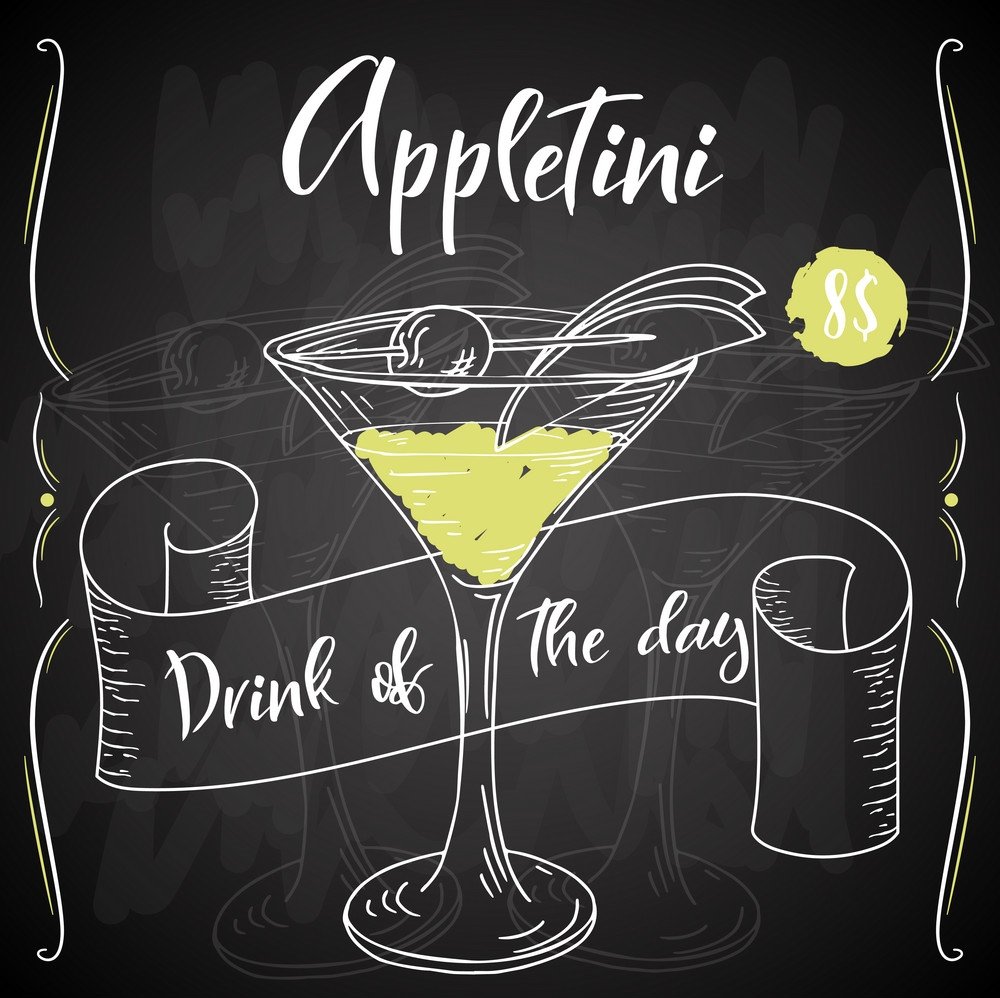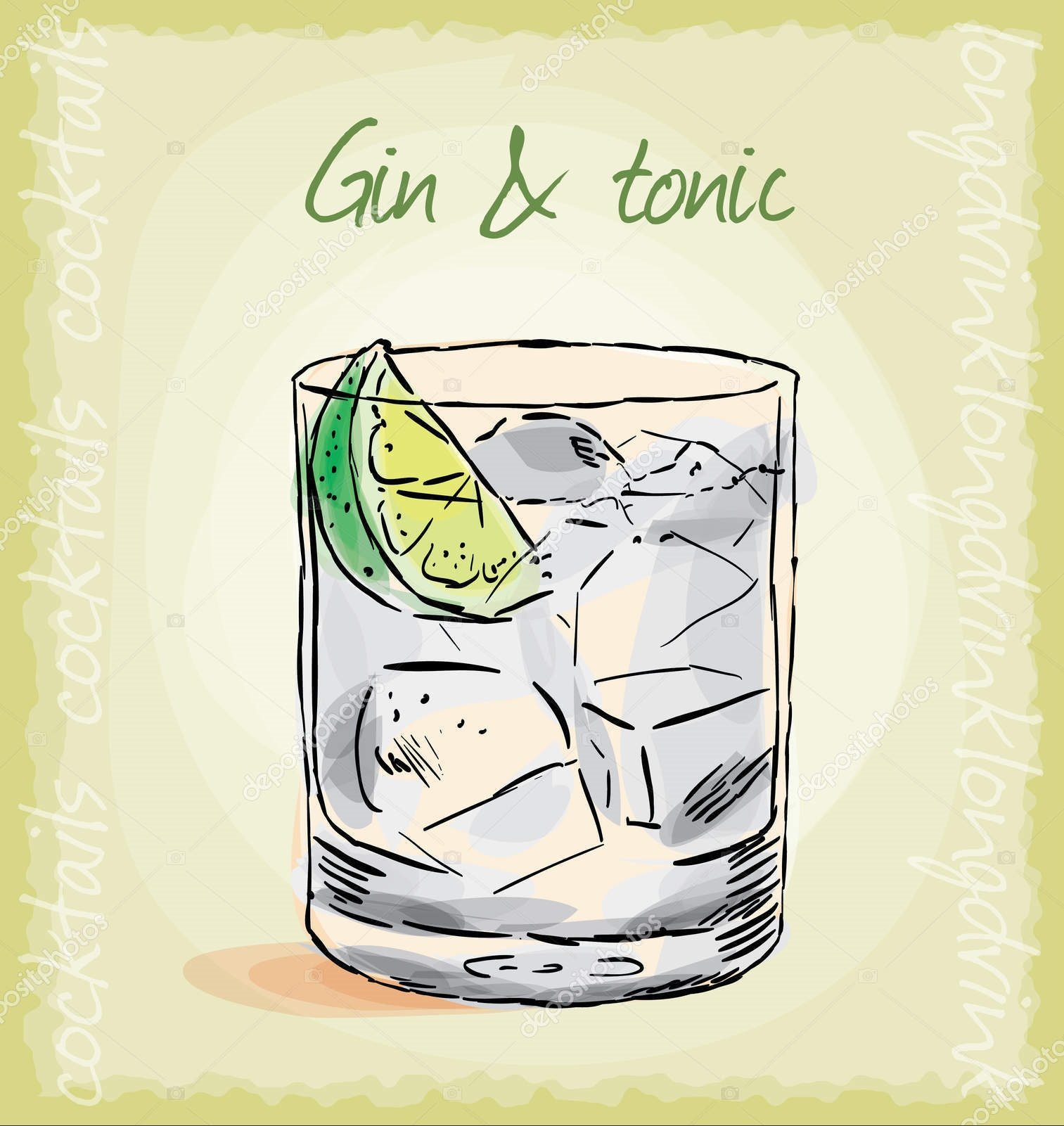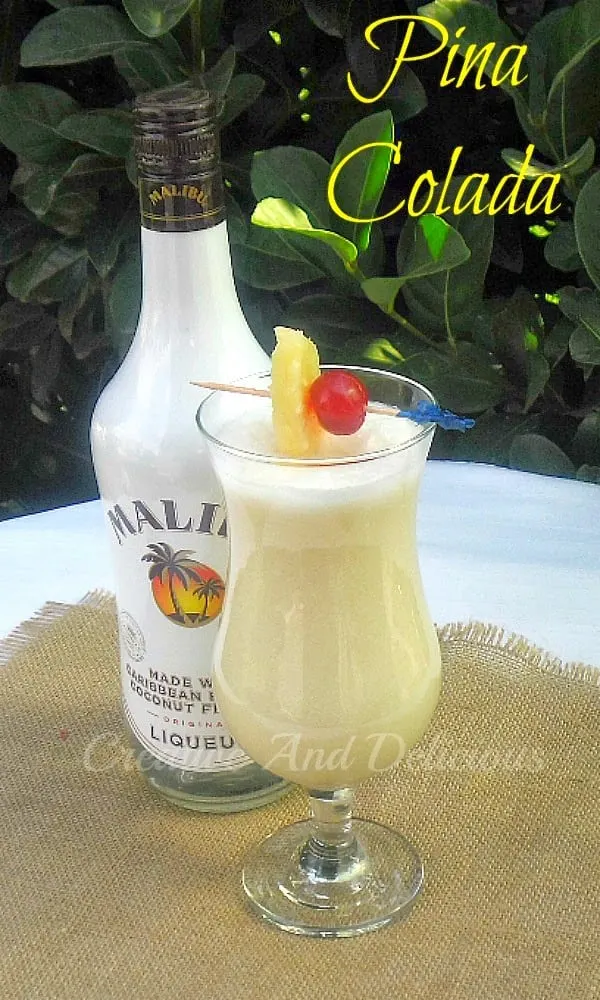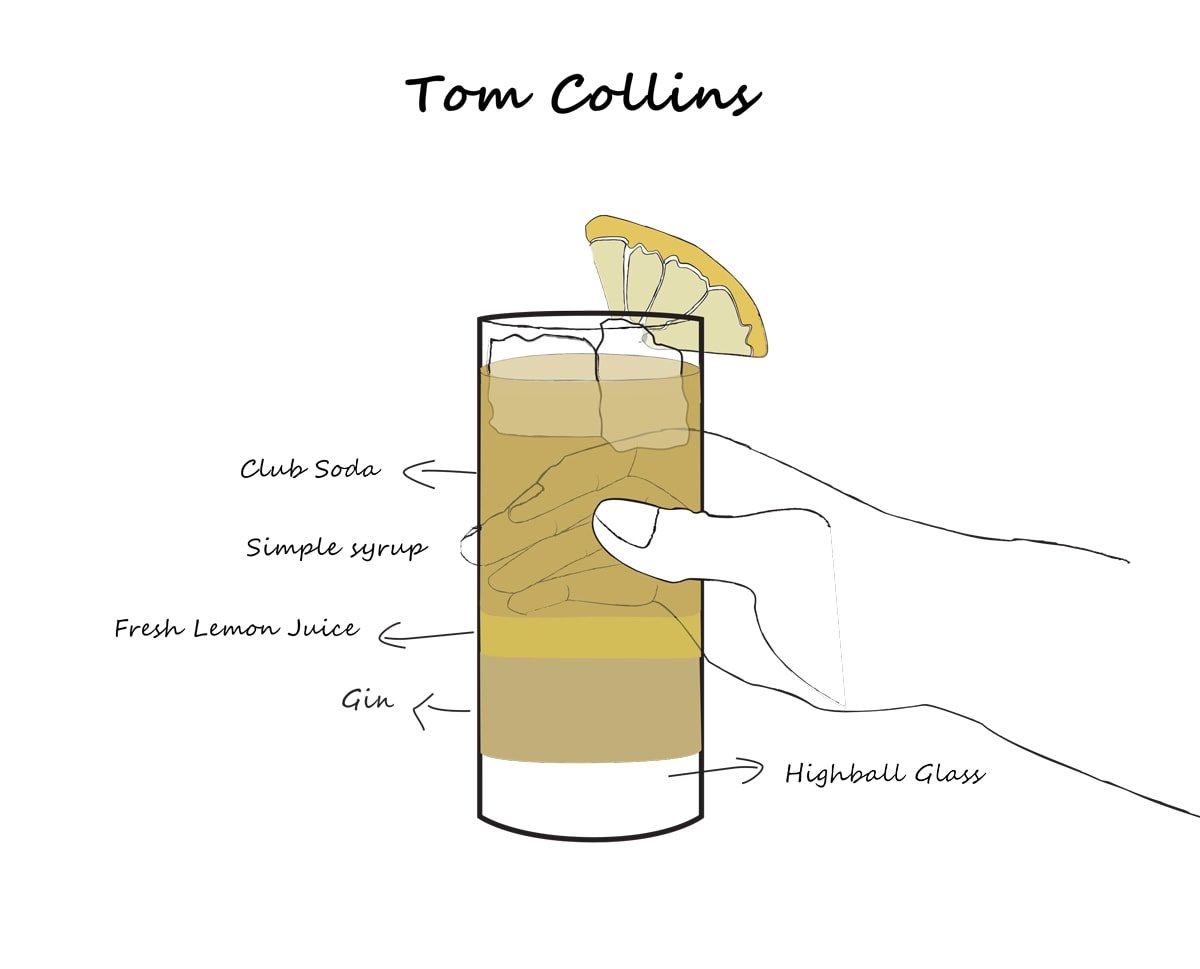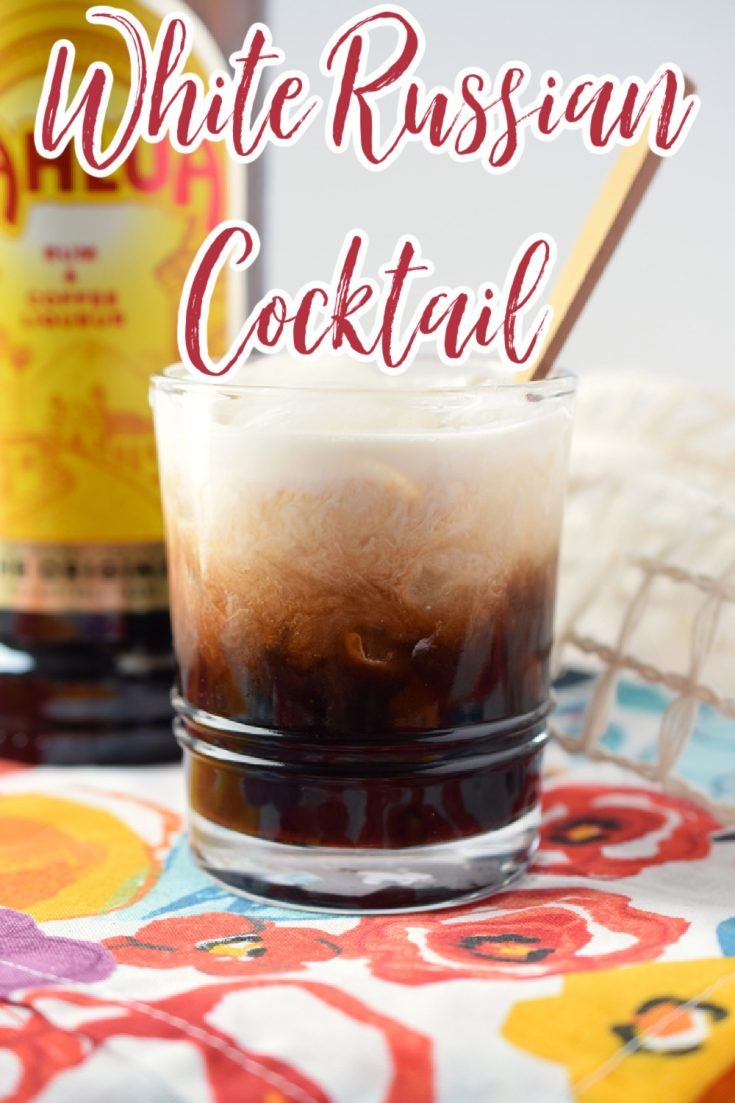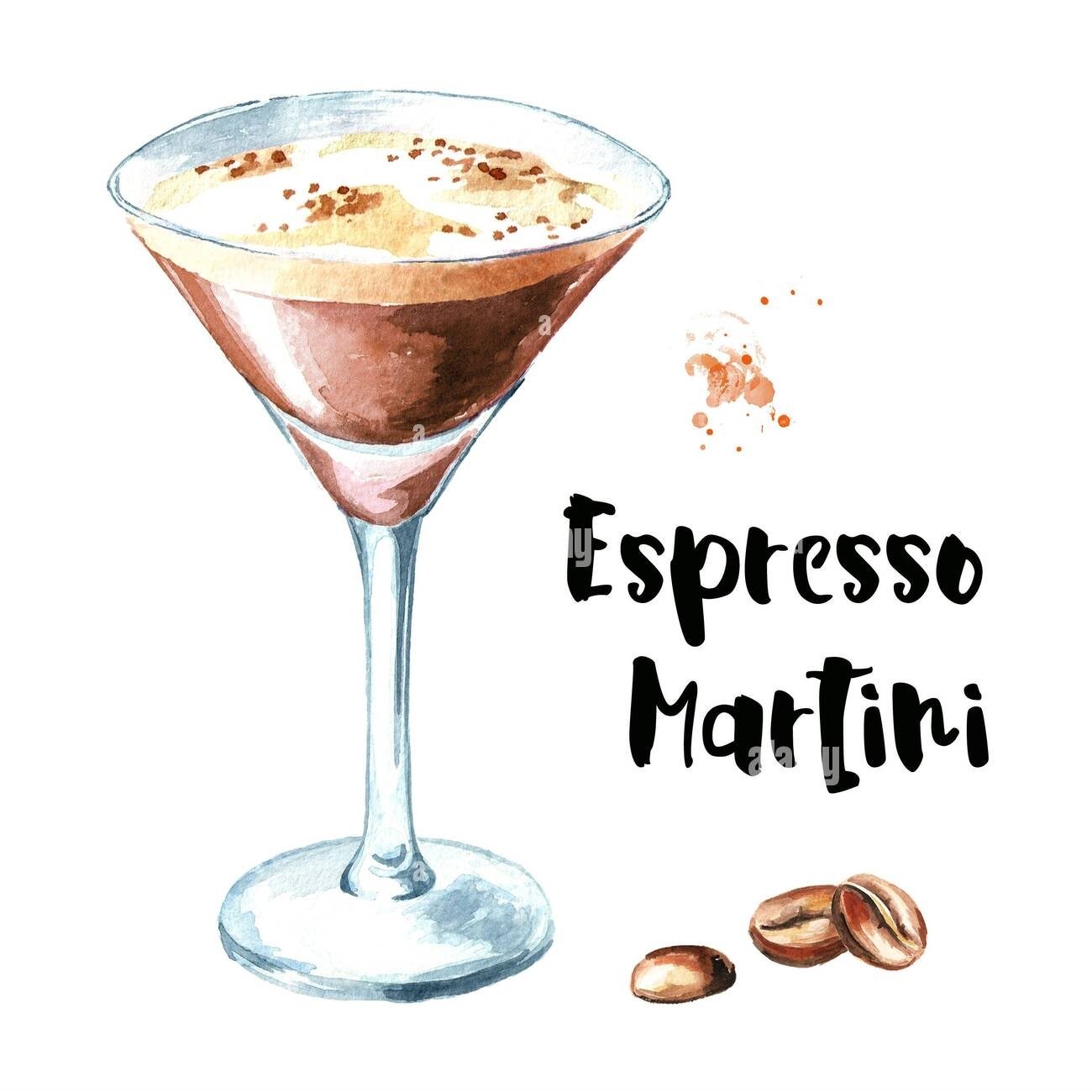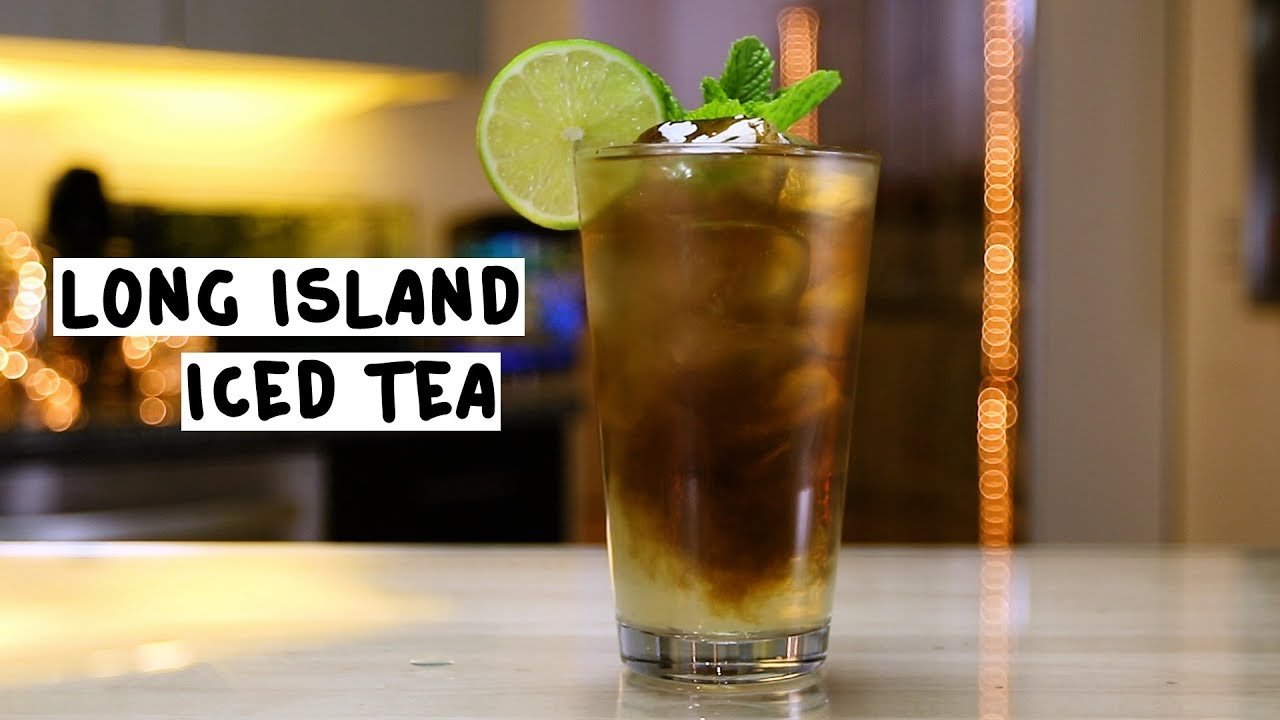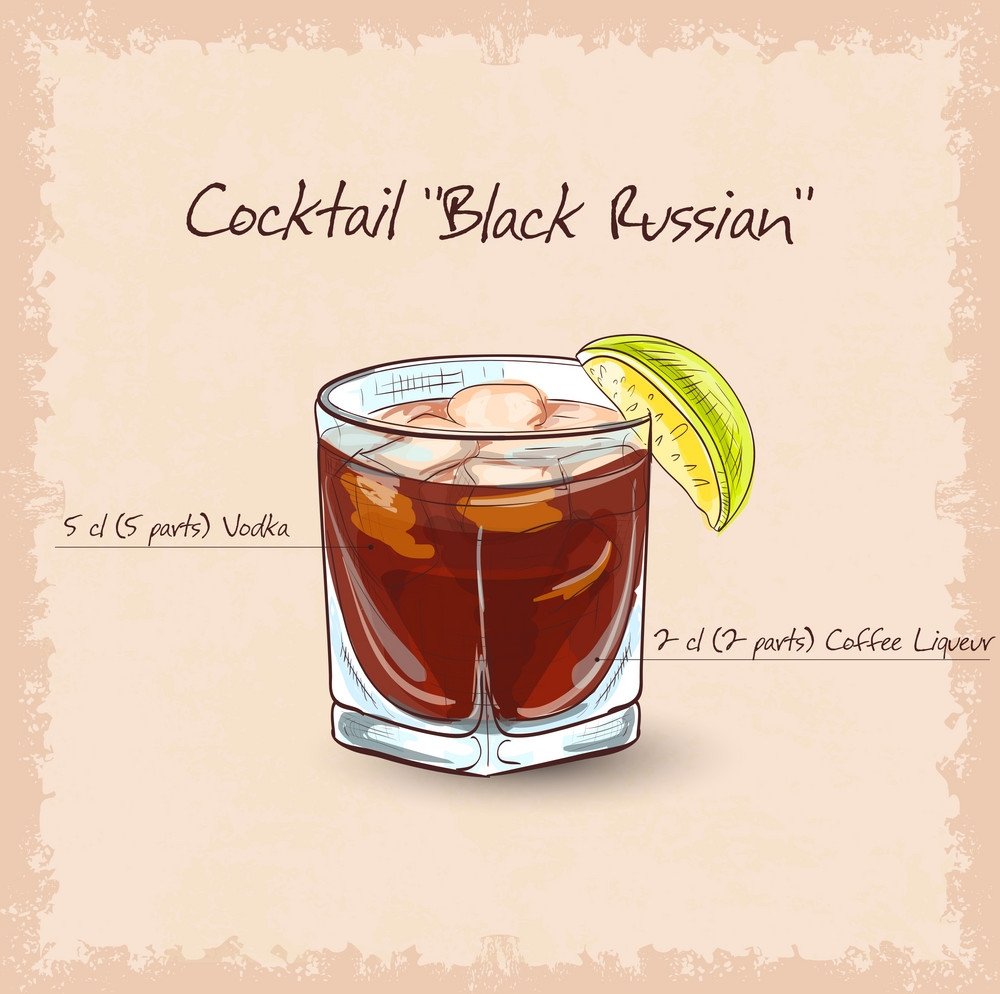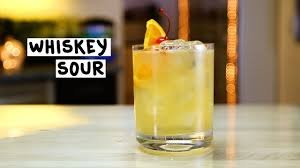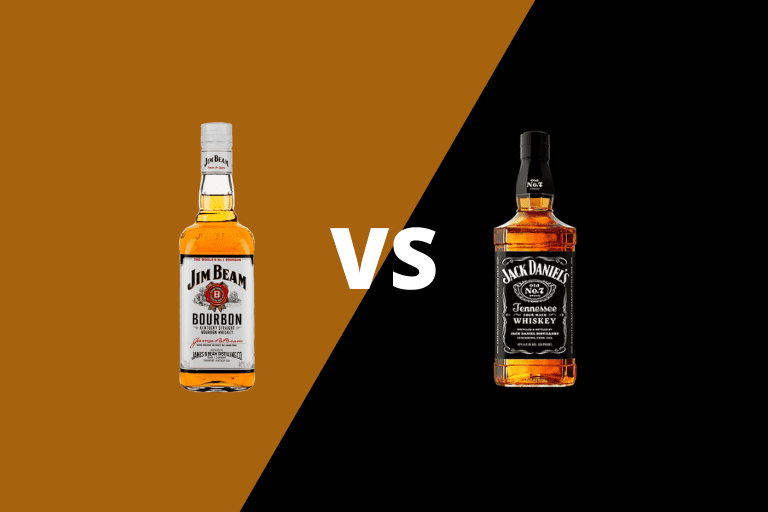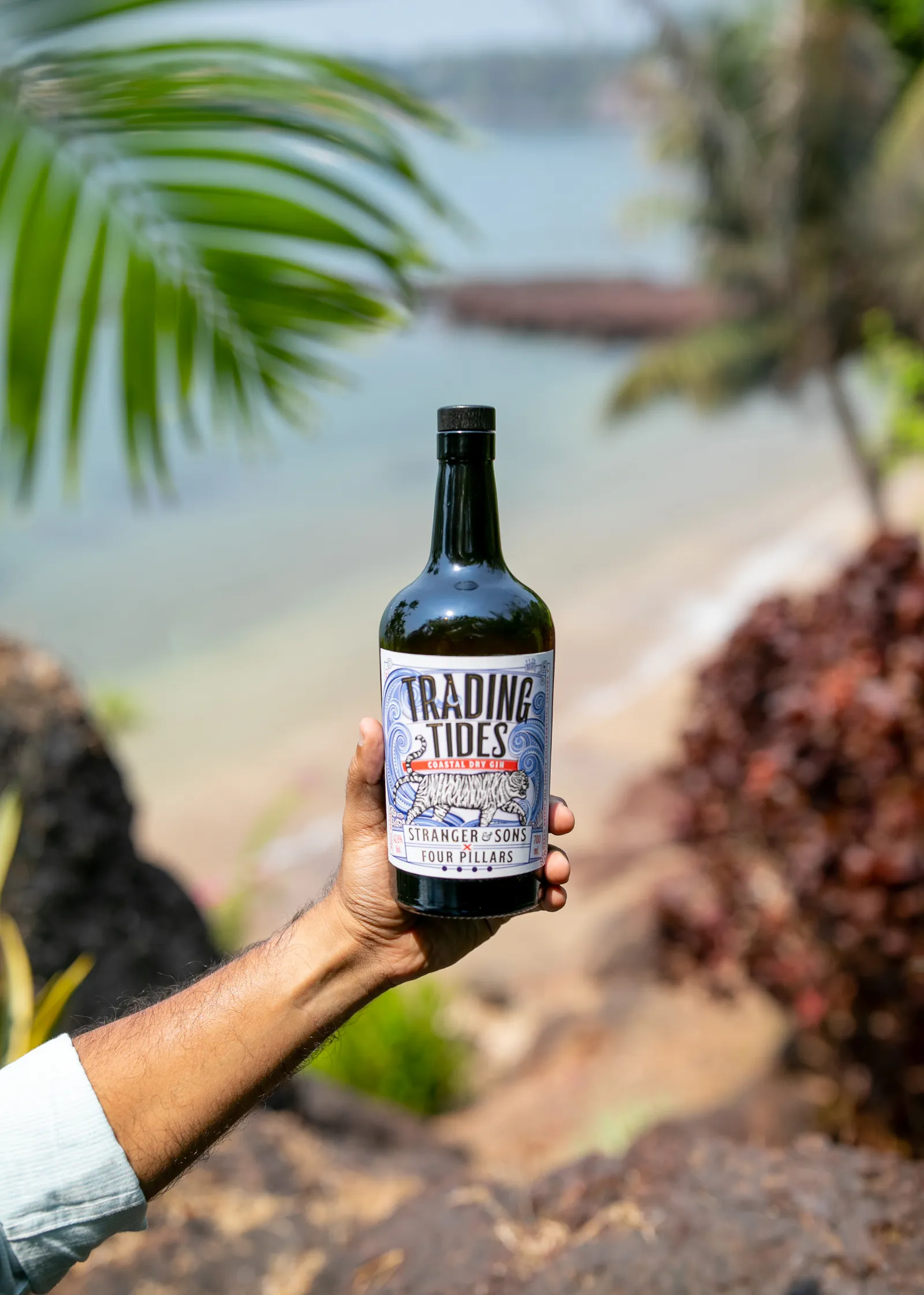Discover the key differences between Scotch and whiskey in our engaging blog post. Uncover the unique characteristics of Scotch whisky, made in Scotland from malted barley, versus whiskey produced worldwide from various grains. This guide also highlights essential terms like “single malt” and “blended whiskey,” while addressing popular queries such as “Scotch vs. whiskey flavor profiles” and “best Scotch brands.” Perfect for enthusiasts seeking to deepen their knowledge or beginners wanting to explore these iconic spirits!

Key Highlights For Scotch And Whiskey
- Whiskey is a broad term for distilled grain that’s been aged in casks.
- Scotch is a term used outside of Scotland to refer to Scottish-made whisky.
- “Whiskey” is the spelling for American-made whiskey, while “whisky” is the spelling for Scottish-made versions.

What distinguishes Scotch from whiskey? The answer is both straightforward and intricate.
The straightforward part: Whiskey is a distilled liquor produced from fermented grains and aged in wooden barrels. There are various types of whiskey categorized by production style and country of origin.
The intricate part: In the United States, the most popular types of whiskies are bourbon and rye, often produced domestically. Canada and Ireland are also renowned for their whiskies. Scotch whisky, commonly known as “Scotch” outside of Scotland, is a particular type of whisky crafted in Scotland. Within Scotland, the spirit is simply referred to as whisky.
As a distinct variety of whisky, Scotch possesses specific criteria to earn its title, in addition to a fascinating history and tradition that envelops the drink. These distinct requirements result in an exquisitely refined spirit that will captivate any discerning connoisseur. Here’s what you should understand.
THE PRO NOTE
The term “whiskey” is employed for American and Irish whiskey, whereas “whisky” is utilized by the remaining countries such as Scotland, Canada, and Japan. The challenging aspect lies in associating the appropriate spelling with the corresponding country of origin. Both variants of the word will be present throughout this narrative.
What is whisky?

According to David Allardice, a well-known Scotch whisky expert and ambassador for Glenfiddich, whisky is an expansive spirit category that can be categorized into numerous subcategories. These include Bourbon, Rye, Irish Whiskey, Japanese Whisky, and, of course, Scotch.
Allardice explains that whisky is essentially a distilled spirit derived from fermented grains. In simpler terms, it involves brewing a beer with grains and then heating it to create a more potent alcoholic liquid.
Typically, barley, corn, wheat, and rye are the grains commonly used in whisky production. The combination of grains used to make a specific whisky is referred to as the mash bill. Each type of grain contributes unique flavor characteristics to the final whisky product.
After the distillation process, whisky is invariably matured in wooden casks, frequently oak barrels that have been scorched internally. Barrel-aging undeniably imparts a significant impact on the taste and overall essence of the whisky. The interaction between the distillate and the barrel’s wood induces the whisky to deepen in hue, acquiring an amber shade. Additionally, the proximity to the wood bestows caramel and vanilla notes to the whisky.
What is Scotch?

Scotch is a unique type of whisky, just like bourbon is a distinct form of whiskey. According to Allardice, the term “Scotch” broadly refers to any whisky made in Scotland.
Scotch is a diverse subset of whisky that showcases various regional variations, local customs, and legal restrictions, leading to a wide array of flavors. Some Scotches boast a sweet profile, with hints of caramel and vanilla, while others offer a smoky, briny, and more savory experience.
In contrast to American whiskeys, which primarily employ corn and rye as their main ingredients, Scotch whisky is predominantly crafted from malted barley. This involves soaking the barley in water, partially allowing it to germinate, and then drying it. This carefully controlled process halts germination at the ideal stage to maximize flavor, resulting in a distinct malty scent that distinguishes Scotch from bourbon and rye whiskies.
What defines Scotch as Scotch

In broad terms, Scotch whisky is subject to stringent legal requirements that distillers must adhere to in order to use the designation “Scotch.” These laws were implemented to preserve the high standards and reputation associated with Scotch whisky. Various regulations govern multiple aspects of its production, export, labeling, geographical origin, and especially the distillation process.
- Geographical region: For a whisky to qualify as Scotch, it must undergo fermentation, distillation, and aging exclusively within Scotland.
- Ingredients: The ingredients permitted for the production of Scotch are limited to grains, yeast, water, and caramel coloring.
- Mash bill: Scotch is primarily distilled from malted barley, although blended Scotch whiskies may incorporate other cereal grains such as corn, rye, or wheat.
- Alcohol strength: Scotch must be distilled to a minimum of 190 proof (equivalent to 94.8% ABV) and, after maturation, must be bottled at no less than 80 proof (40% ABV).
- Maturation: Scotch must be aged for a minimum of three years in oak barrels. Whenever a bottle of Scotch displays an age statement, the youngest whisky included must have reached the age specified. It is common for Scotch whiskies to bear age statements of 12 years or greater.
Different Varieties of Scotch Whiskey

According to Allardice, Scotch can be divided into two main categories: single malts and blended Scotches. He explains that there are significant differences in their production methods. These two types of whiskies make up the majority of scotch consumption.
Single malt Scotch. Single malt Scotch is highly valued for its richness and complexity. In order to be classified as a single malt, the Scotch must be made solely from malted barley and must undergo distillation and aging at a single distillery using copper pot stills. Distilleries such as The Macallan, Glenfiddich, and Lagavulin are well-known for producing single malt scotch.
Blended Scotch. On the other hand, blended Scotch is created by combining a single malt whisky with a grain whisky. Allardice emphasizes that blended scotches are essential to the industry, constituting approximately 80% of global scotch consumption. Popular brands like Johnnie Walker and Dewars fall into the category of blended scotches.
Regions of Scotch Whisky Production

Scotland has five officially recognized regions that produce whisky: the Highlands, the Lowlands, the Islands, Speyside, and Islay. Whiskies from each region have distinct flavor profiles, influenced by various choices made during production.
Among global drinkers, the most well-known regions are Islay and Speyside. According to Allardice, a majority of single malt Scotch whisky is produced in Speyside. Famous brands like Glenlivet, Glenfiddich, Balvenie, and The Macallan all originate from this small area. Speyside whiskies are generally more approachable, offering sweet flavors of fruit, caramel, and vanilla, with a hint of floral fragrance.
On the other hand, the Islay region produces the most unique Scotch whiskies. Allardice explains that many distilleries in Islay still utilize traditional methods, including the use of peat to dry the barley. The peat smoke infuses the barley, resulting in the distinctive strong smoky aroma found in Islay whiskies. These whiskies also often feature flavors of brine and iodine, making them a bit more challenging for beginners. Notable peated whiskies from Islay include those from the Ardbeg, Laphroaig, Bruichladdich, and Lagavulin distilleries.
Tips for Consuming Scotch Whisky

Scotch is predominantly consumed straight, without any ice or mixers. A single serving of scotch is often referred to as a dram. It can also be enjoyed with ice or a few drops of water. According to Allardice, if you want to fully appreciate the flavors of a whisky, it is recommended to try it neat first and then experiment by adding a bit of water to see how it alters the taste.
Scotch is renowned for its intricate flavors and subtlety, which is why it is not commonly used in cocktails. When it comes to whisky-based cocktails, it is more common to use more affordable, spicier, high proof options like bourbon or rye.
Key Takeaways From An Insider’s Perspective
Immersed in a rich past and deep-rooted customs, Scotch stands as a profoundly varied and emblematic kind of whiskey. Whether your preference lies in the fragrant and fruity character of a Speyside or the intense smokiness and salty notes of an Islay Scotch, every time you savor a sip, you are experiencing the culmination of centuries of skillful Scottish artistry, condensed into a single bottle.
Conclusion
Steeped in centuries-old history and rich traditions, Scotch whisky stands out as an exceptionally diverse and truly iconic style of whiskey. From the enchanting allure of a floral and fruity Speyside expression to the intense allure of a smoky and briny Islay Scotch, there is an incredible range of flavors and experiences to explore. Each sip beckons you into a world of unrivaled Scottish artistry, wherein master distillers have meticulously distilled the essence of their heritage into every bottle. Immerse yourself in this incredible journey and unravel the complexities that lie within each glass of Scotch whisky, as you indulge in the depth and beauty of this timeless spirit.

FAQs
What is the difference between Whiskey and Scotch ?
Whiskey is made by fermenting the grain mash. Malts of various types of grains, like corn, wheat, barley and rye are used and aged in charred white oak casks to prepare the distilled alcoholic beverage. Unlike wine, whisky does not mature further once it is bottled.
Scotch, a malt whiskey, is made in Scotland from only water and malted barley. Scotch whiskey must be aged for a minimum of three years but mostly it lies in the woods for 8 to 10 years or more which smoothens the taste of this fine dark beverage.
What is the difference in production between Whiskey and Scotch ?
Whiskey: The still (apparatus used to mix liquids) used for making whiskey is generally made of copper because the metal removes sulphur-based compounds from the alcohol that would otherwise make the beverage unpleasant to drink.
Scotch: A scotch must be processed strictly according to the law and only in a single distillery. It must be processed at a distillery in Scotland and should be fermented only by adding yeast. It must mature in Scotland in oak casks containing no added grains or substances.
What is the difference in maturation process between Whiskey and Scotch ?
Apart from the grains used, the difference in taste between whiskey and scotch is only because of the maturation process. As it matures, the alcohol becomes smoother because the flavour of the grains mature and the colour of the beverage turns golden. Smallest changes in the maturation process can cost a difference in the taste of the alcohol. A whiskey matured in American white oak, which has a mellower, finer aroma would taste different from European oak that provides more intense aroma and tannins. And that is where the prices differ too.
What are different kinds of Blends ?
Whiskey: Blended whiskey would mean blending types of whiskeys and spirits with different grains, colours and flavours. It is generally the mixing of high-quality spirit whiskeys with less expensive spirits.
Scotch: Single malt scotch means that it has been processed at one single distillery. There are three types of blends you would find in scotch whiskeys:
1. Blended Malt Scotch Whiskeys: This means that two or more single malt whiskeys from different distilleries are blended together.
2. Blended Grain Scotch Whiskeys: This means that two or more single grain scotch whiskeys from different distilleries are blended together.





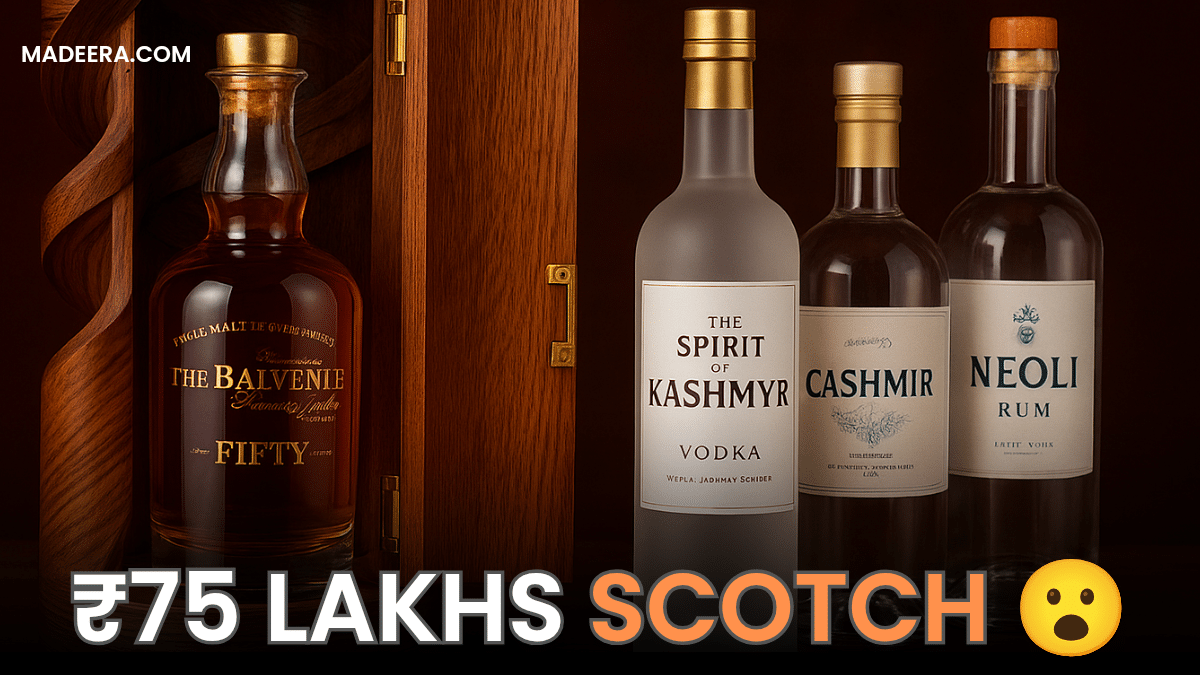

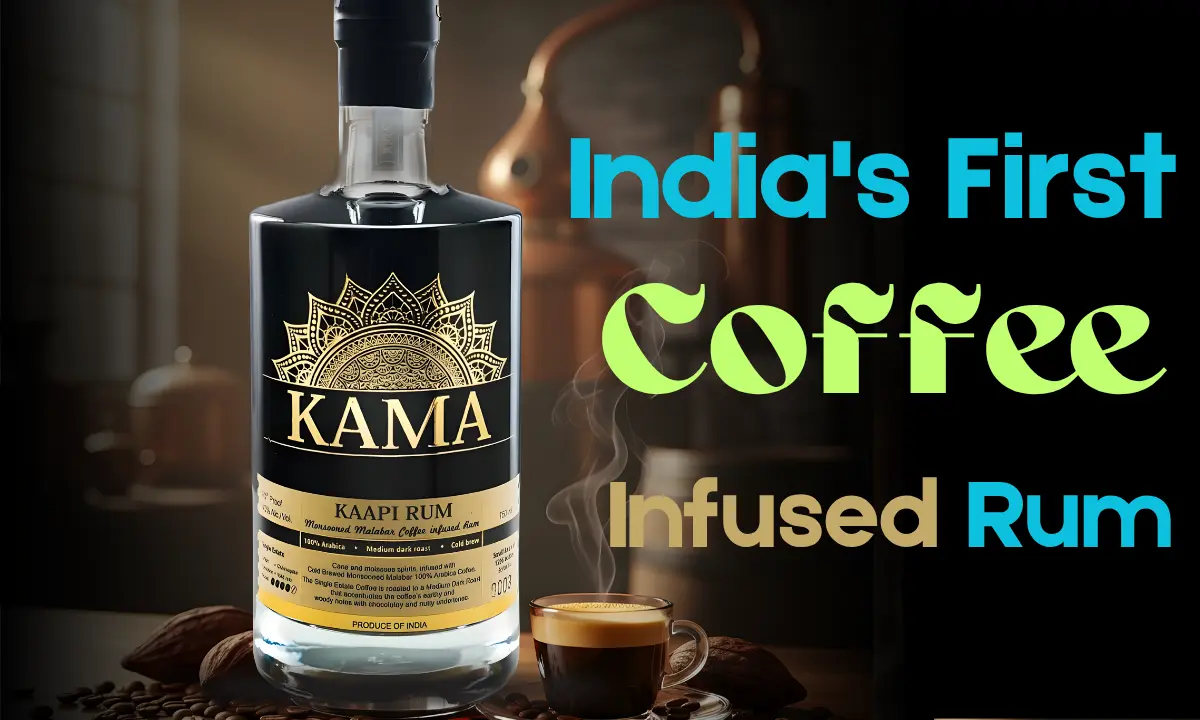





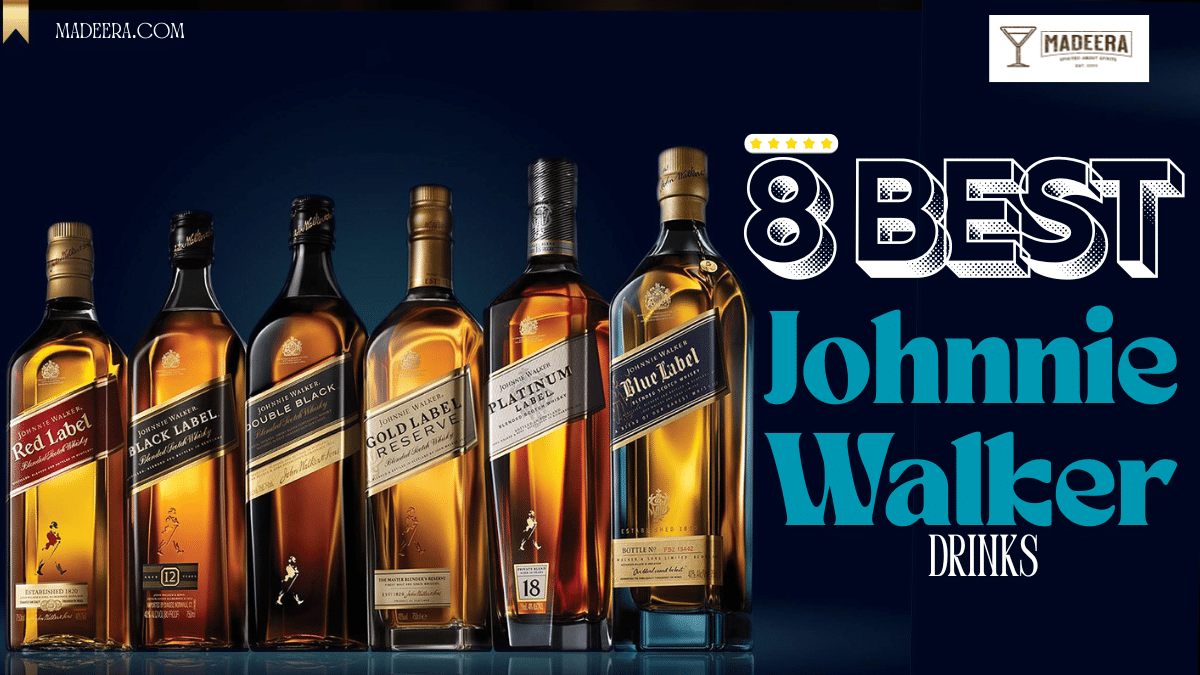
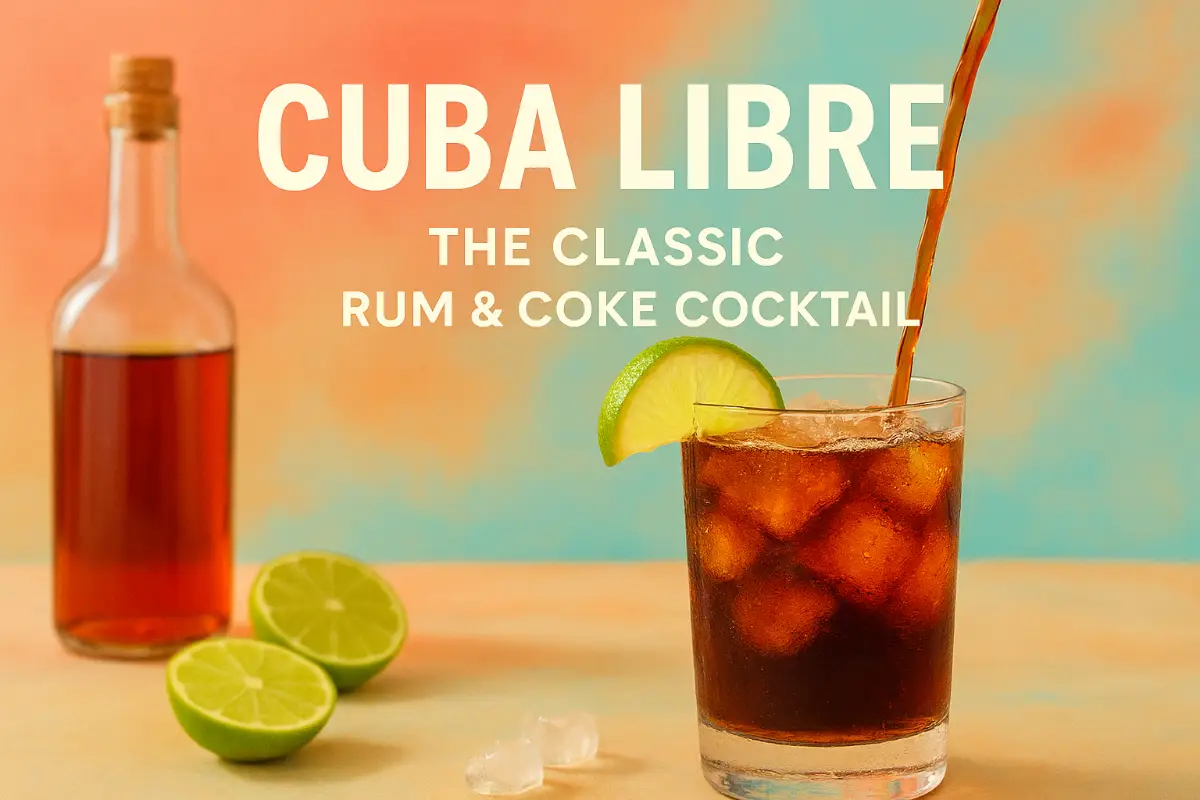

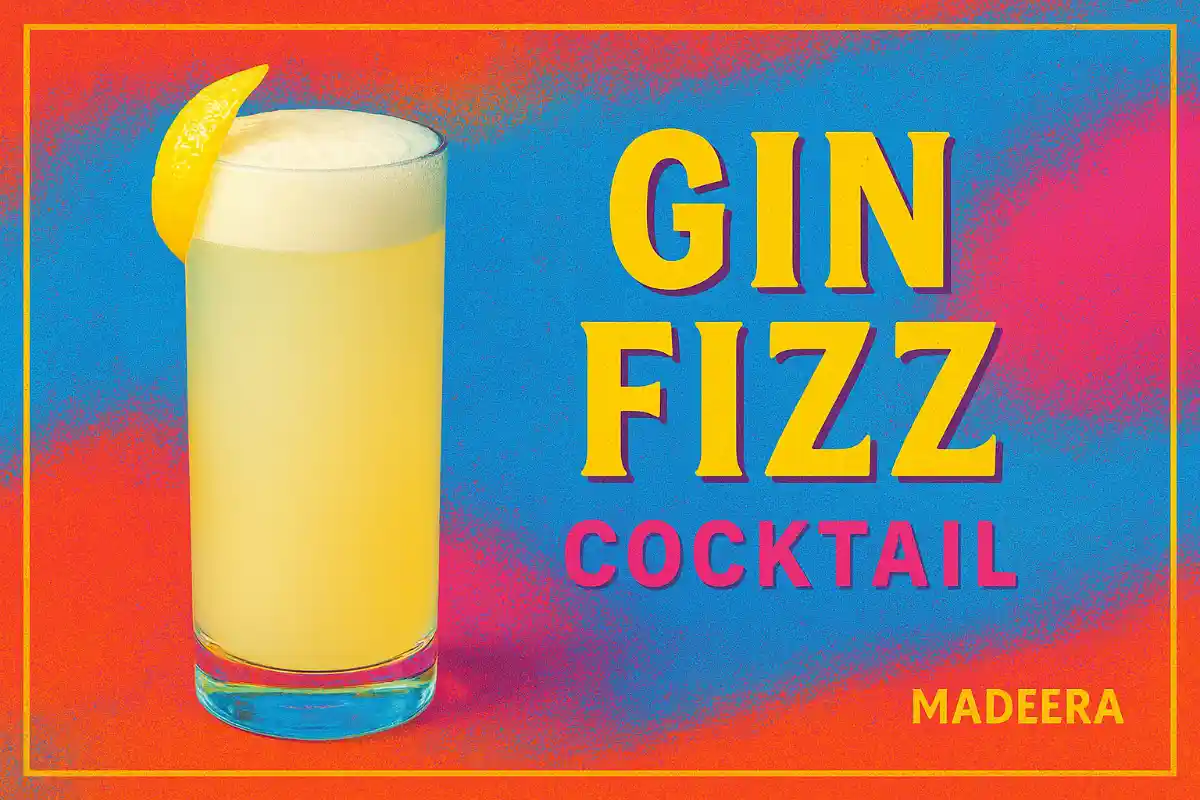
















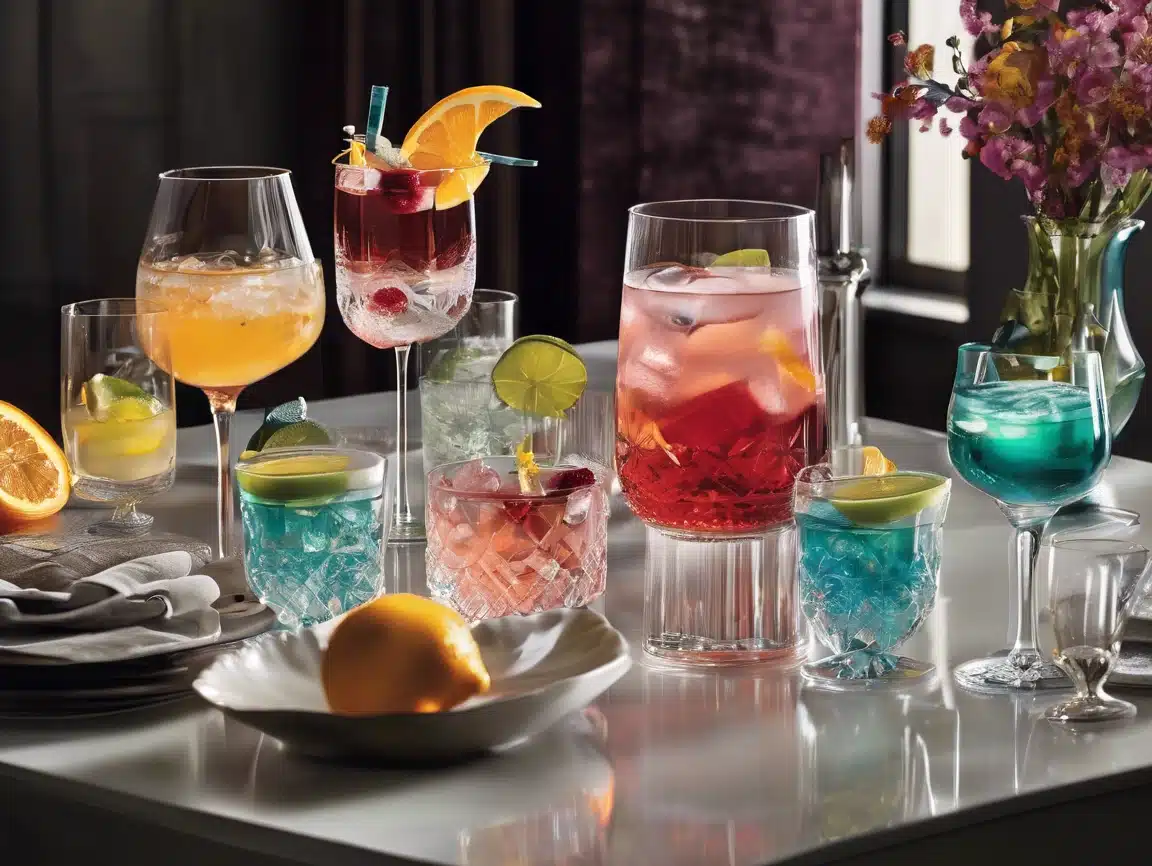







![20 Best Scotch Whiskies For Beginners [2025]](https://madeera.com/wp-content/uploads/ChatGPT-Image-May-29-2025-11_35_54-PM.png)
